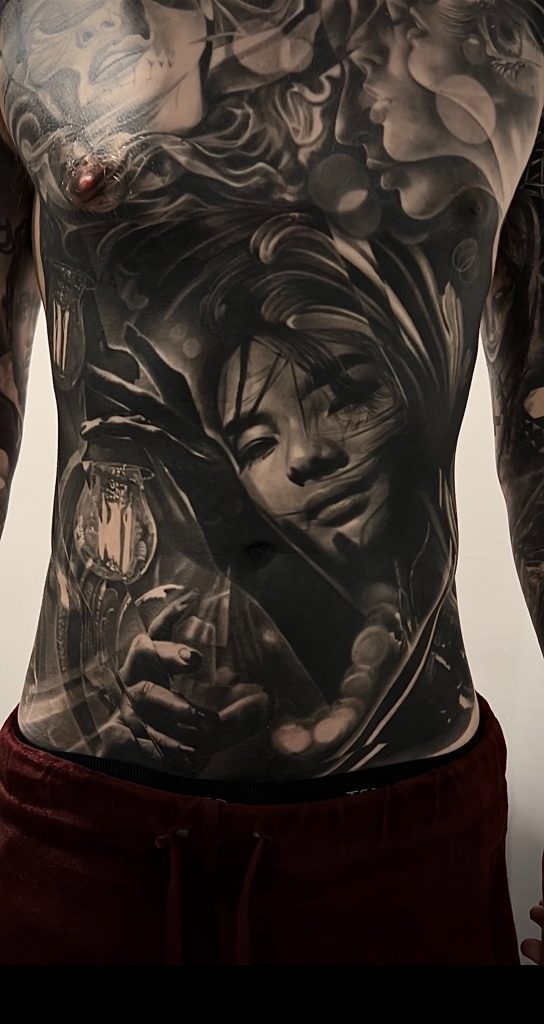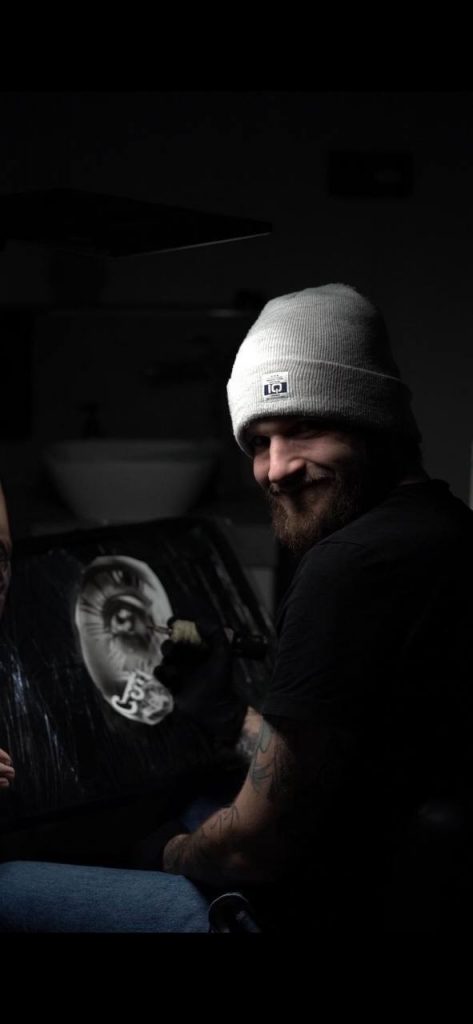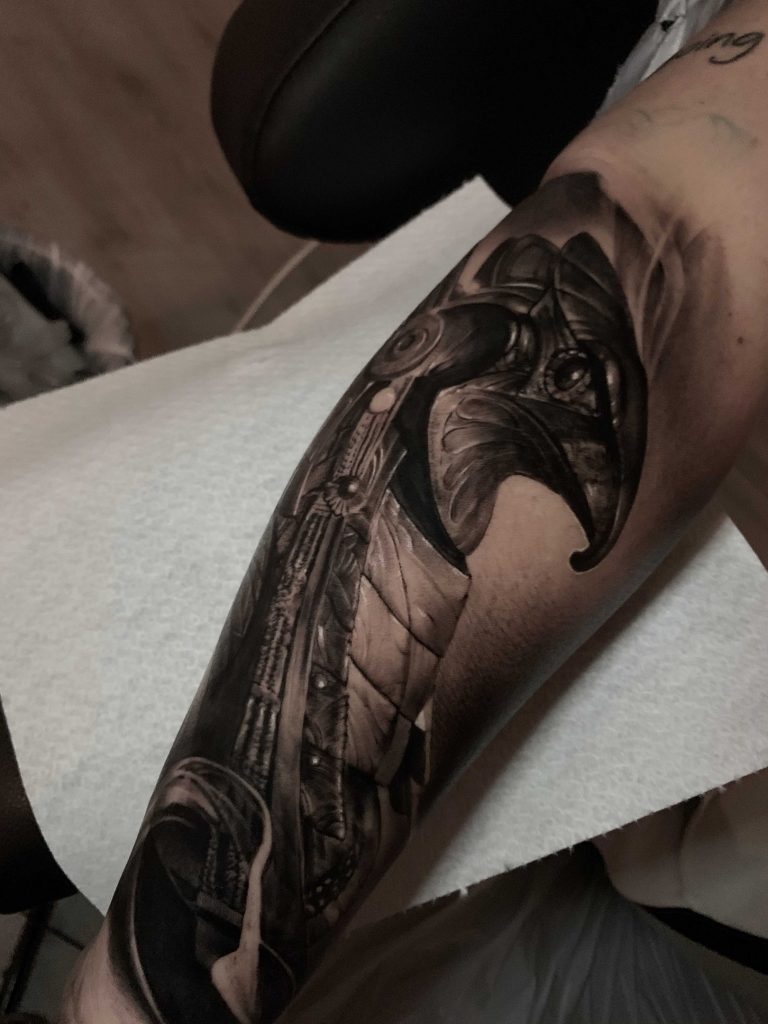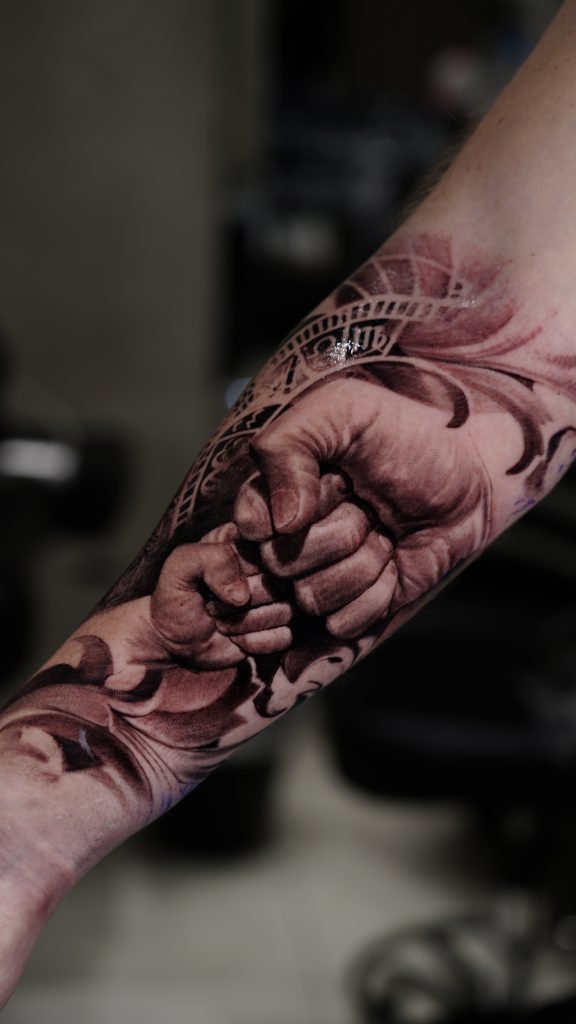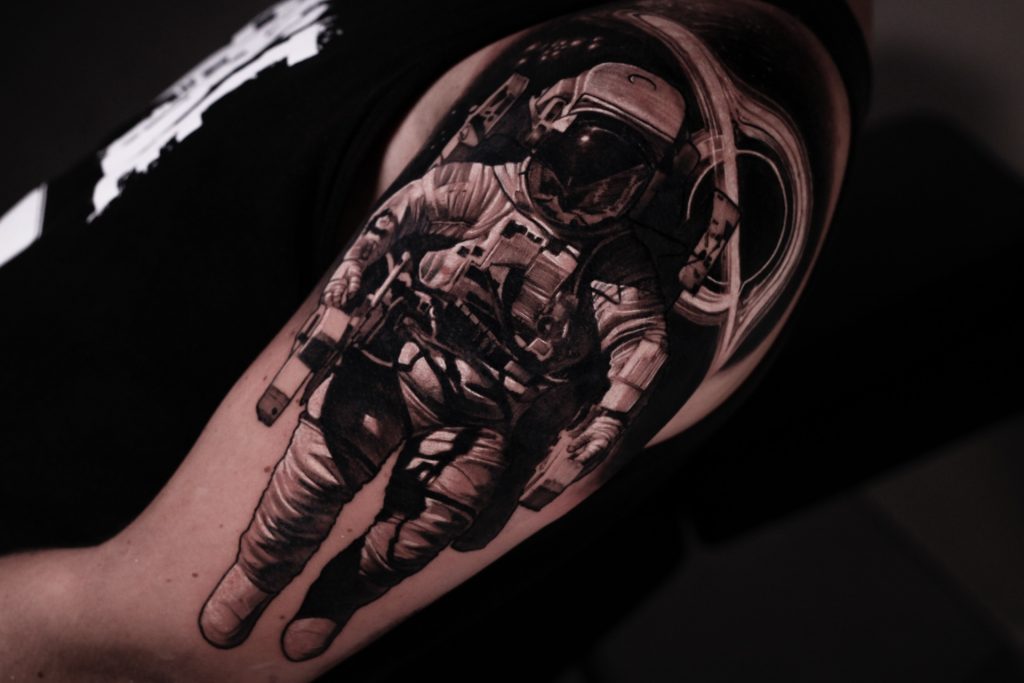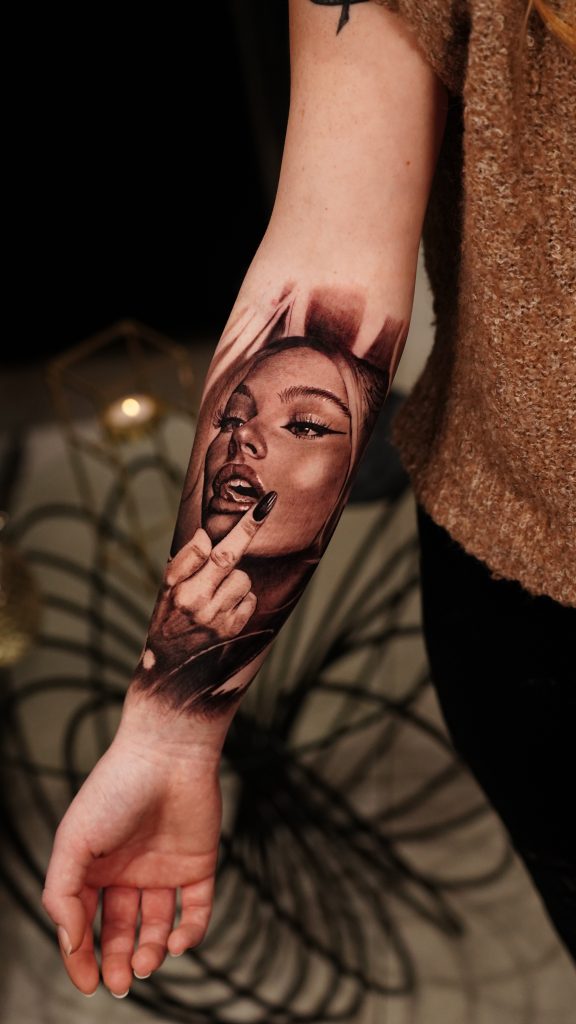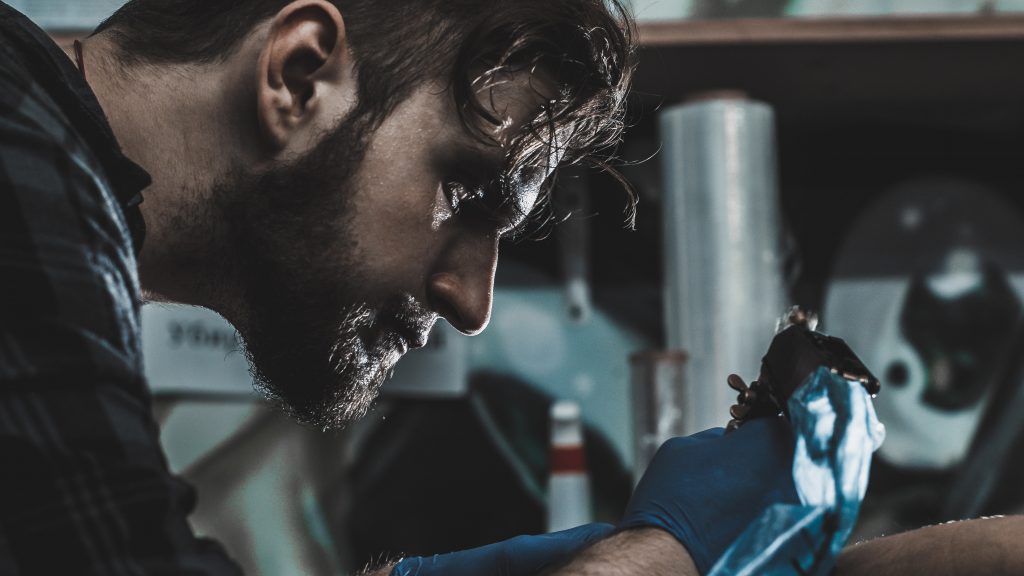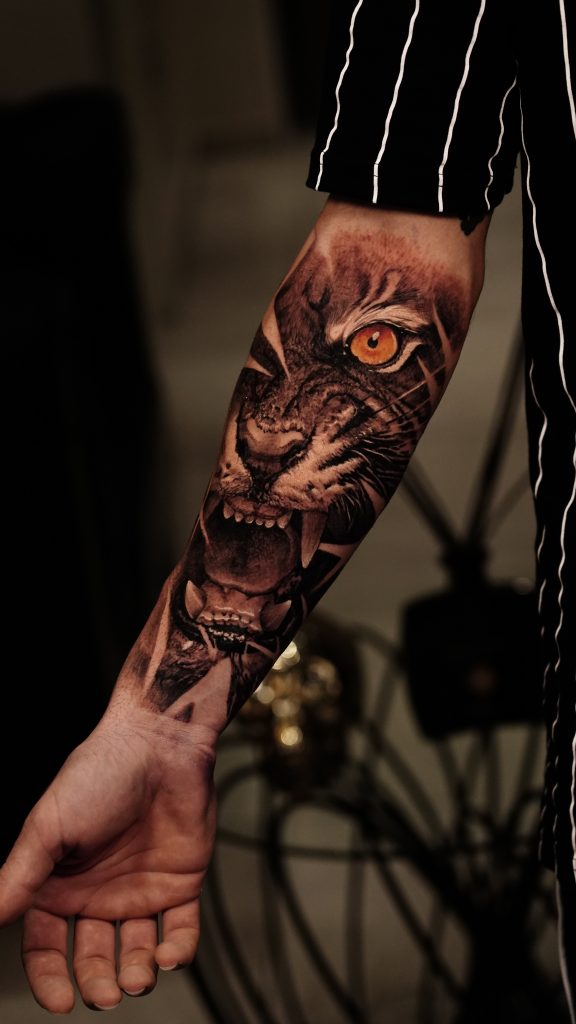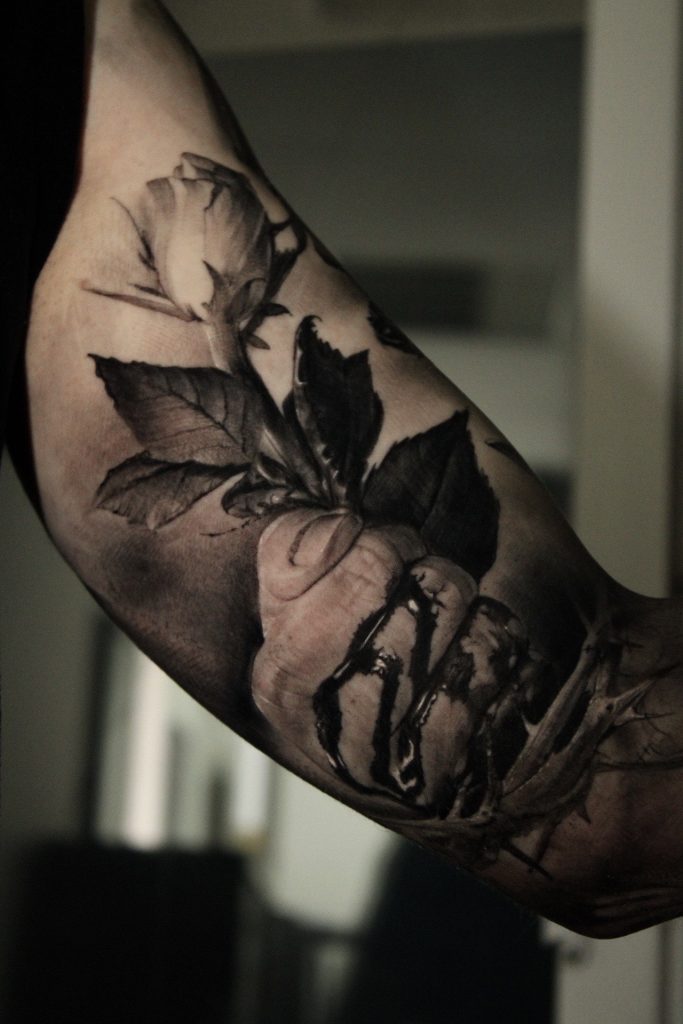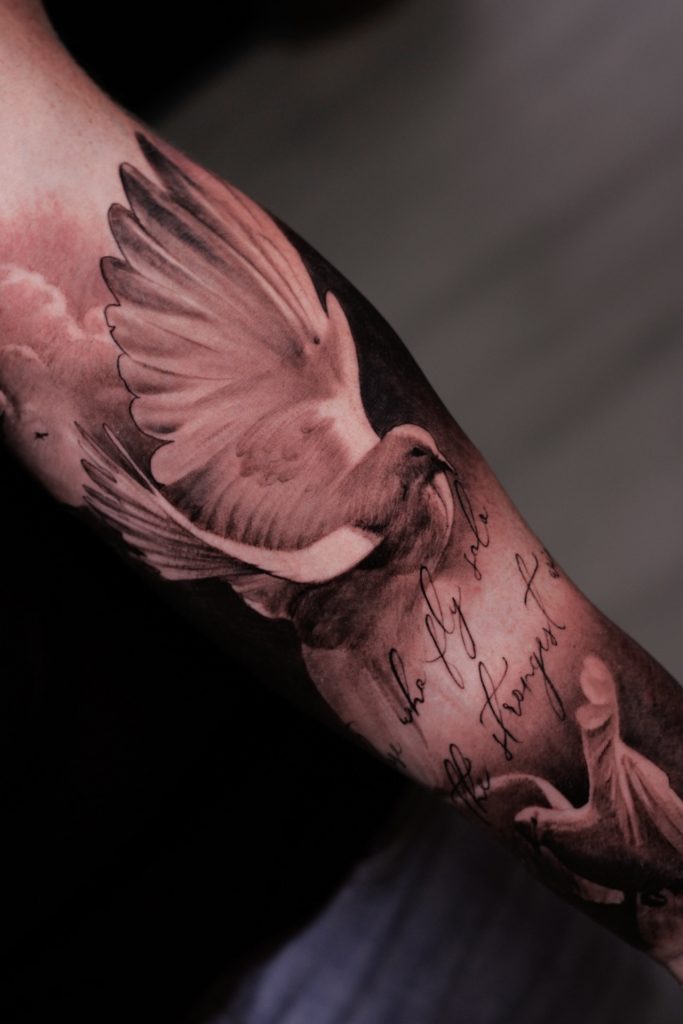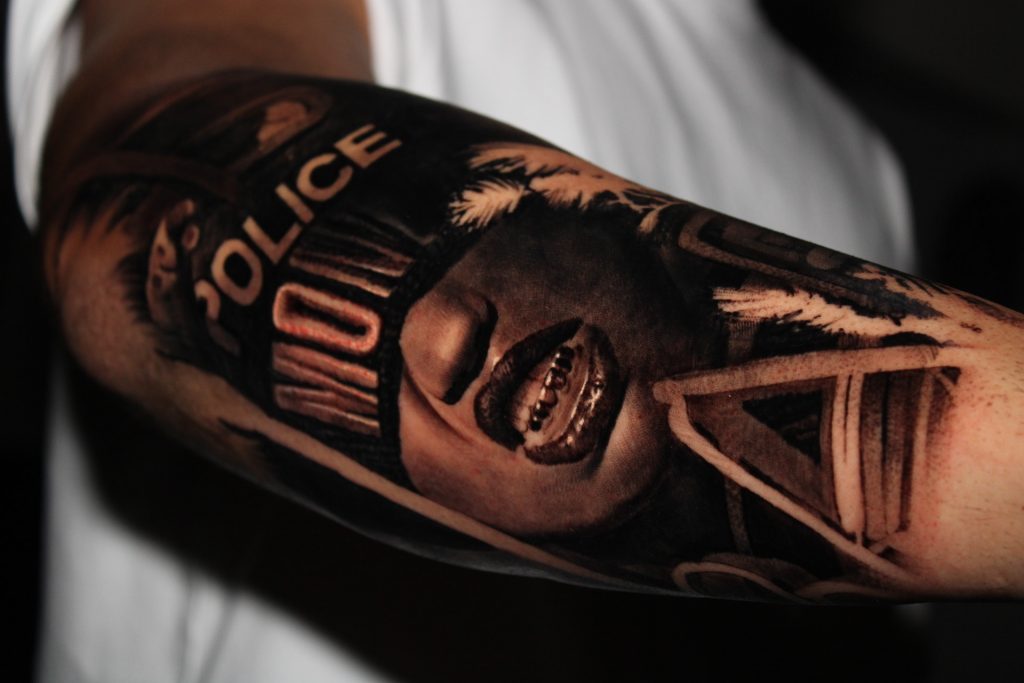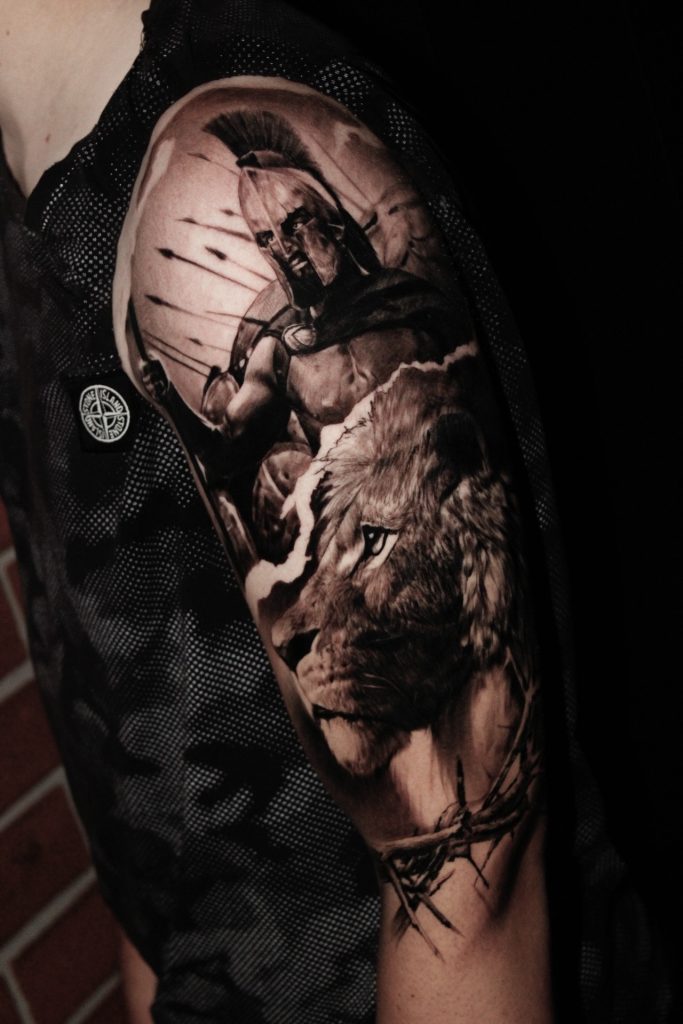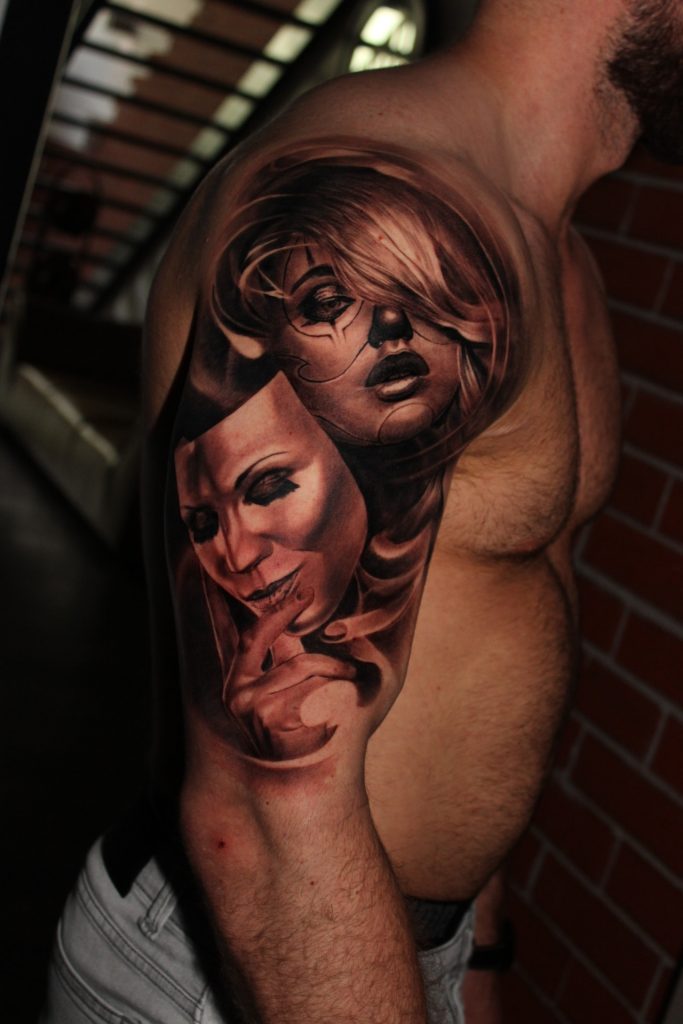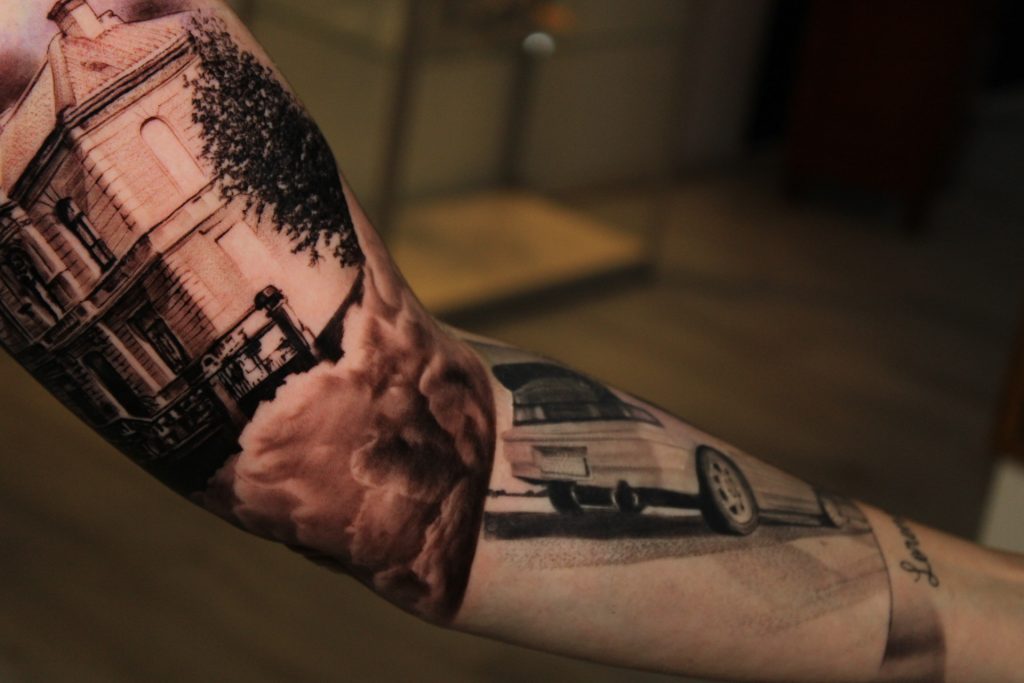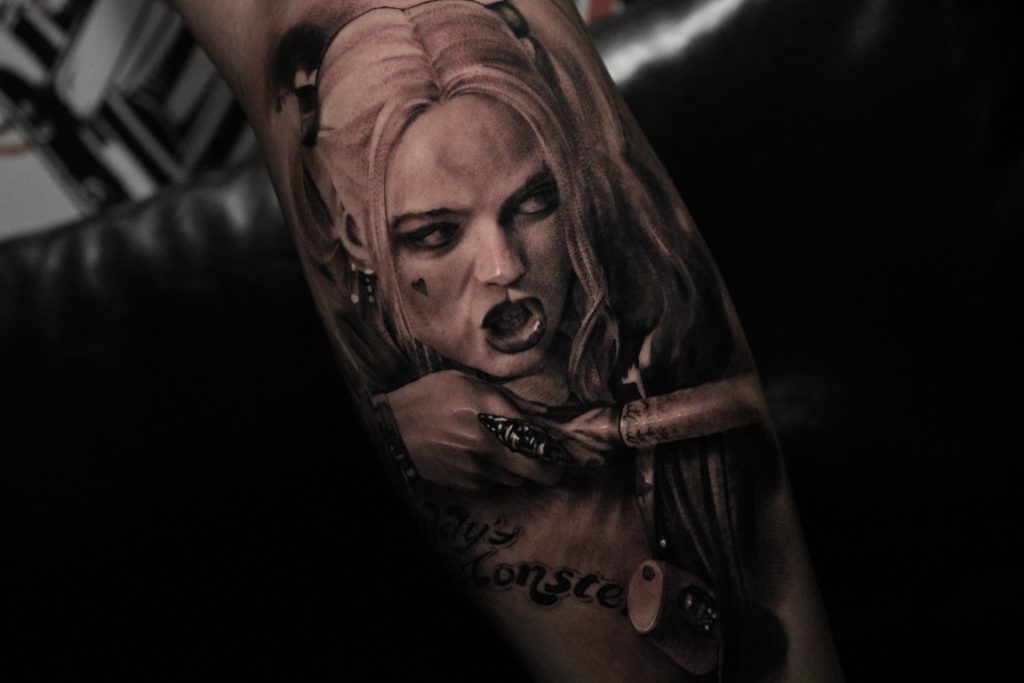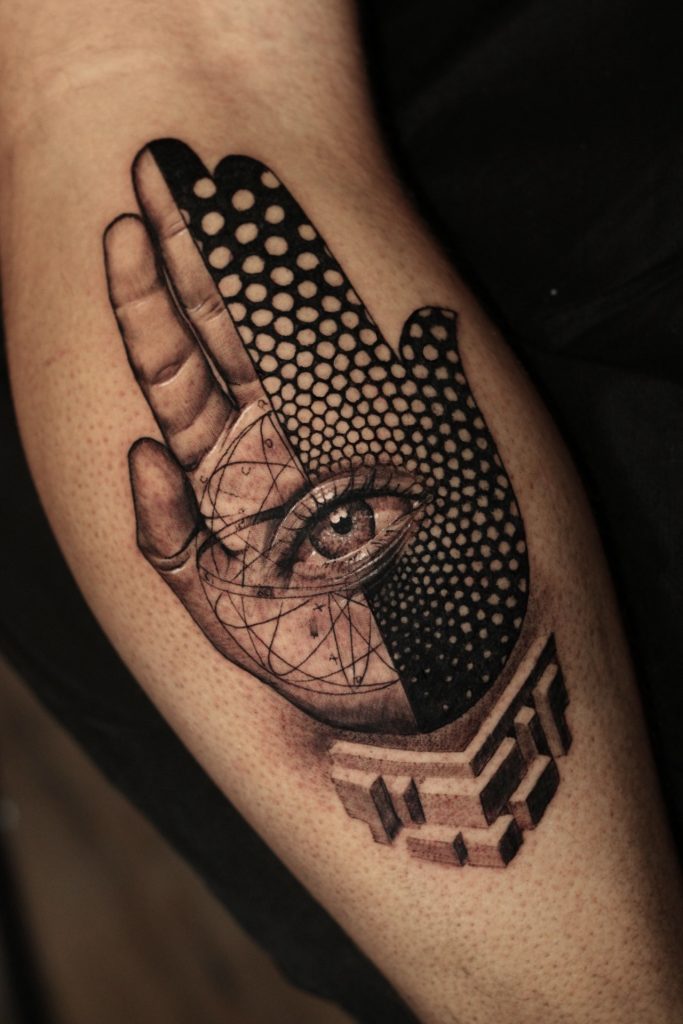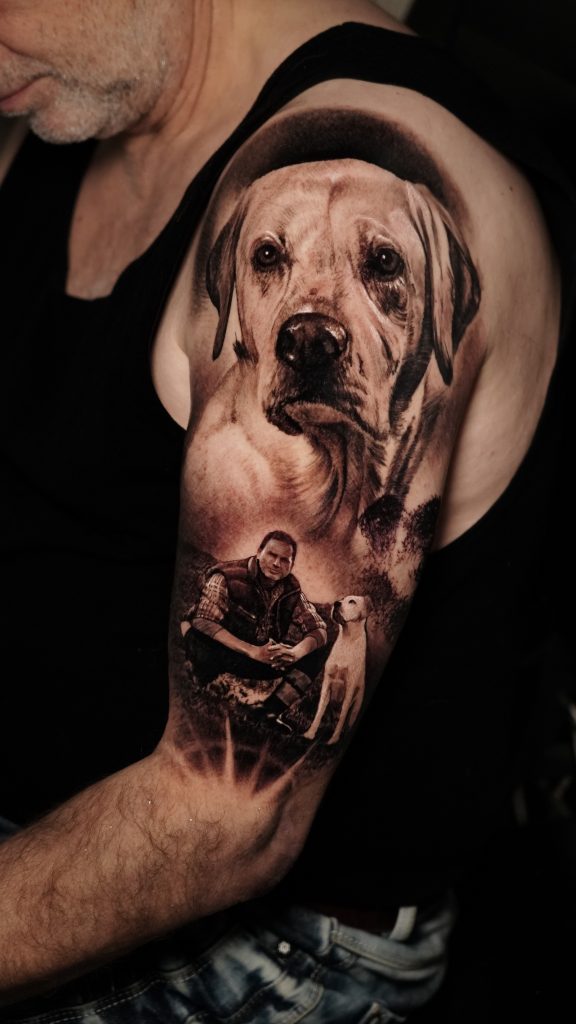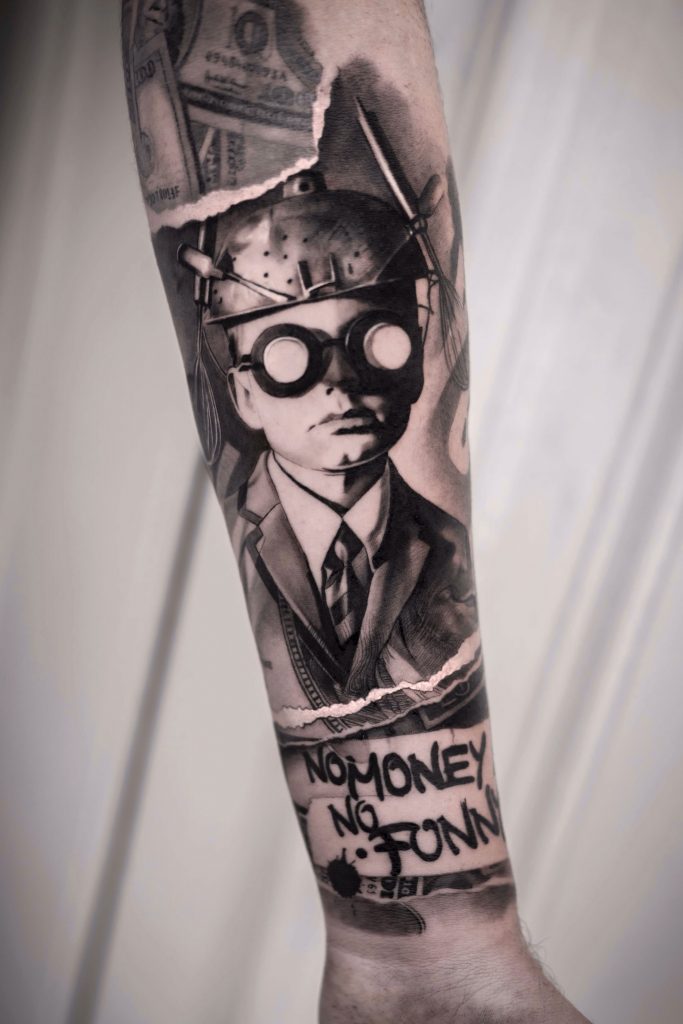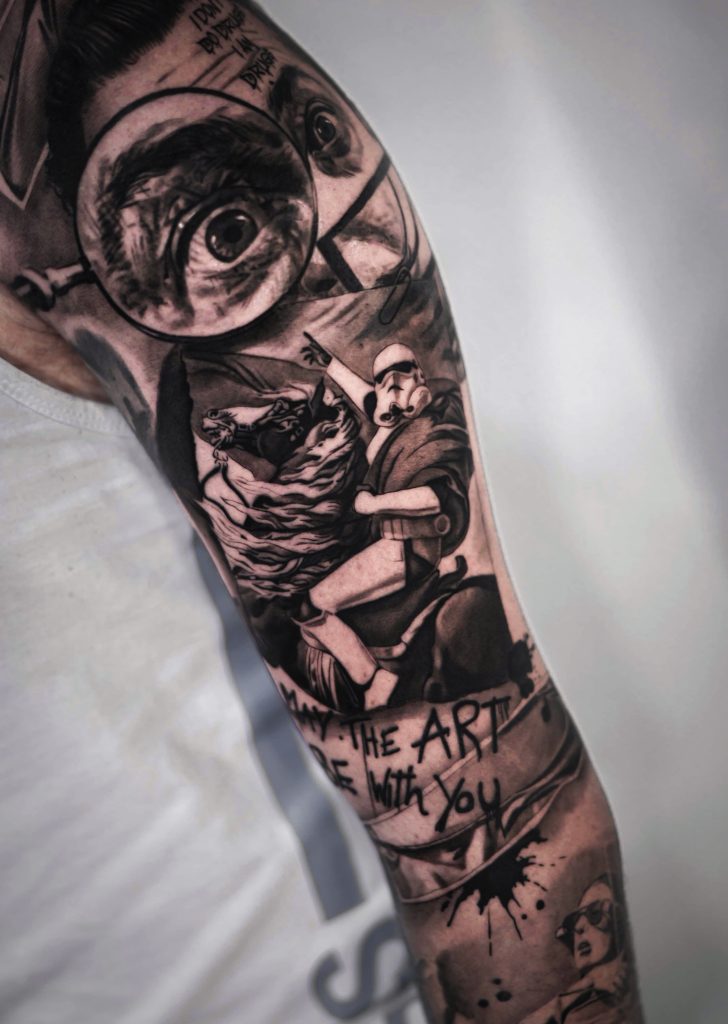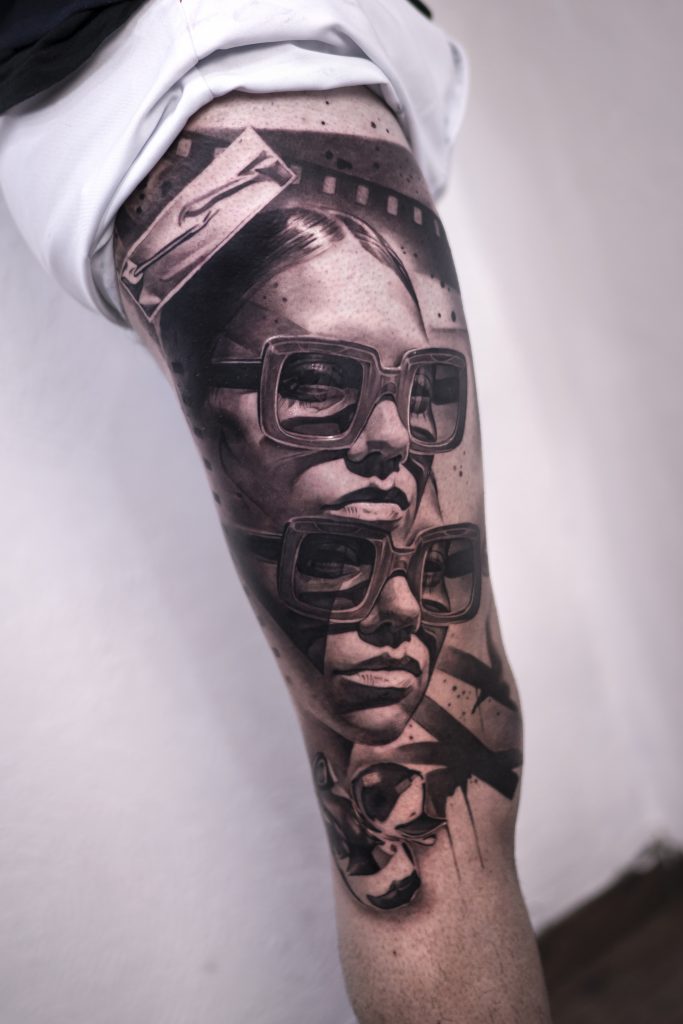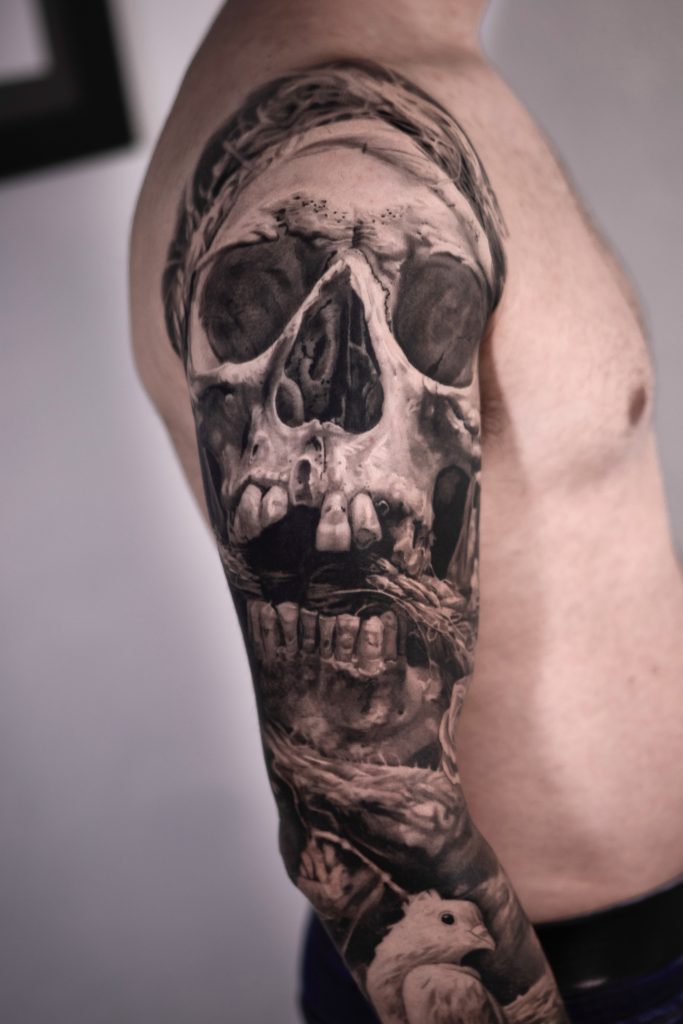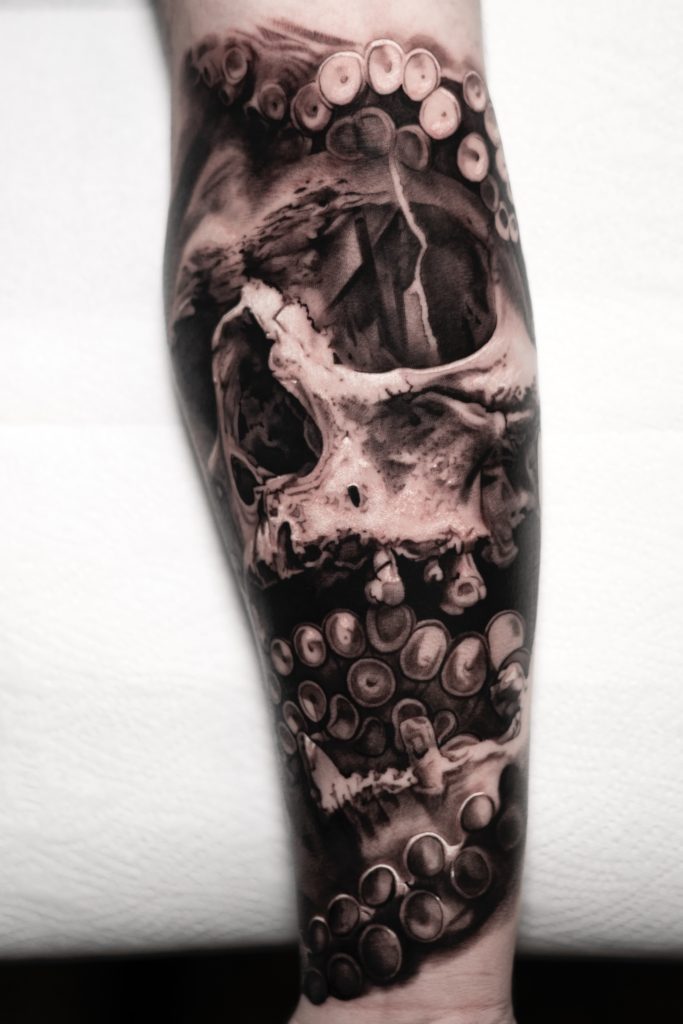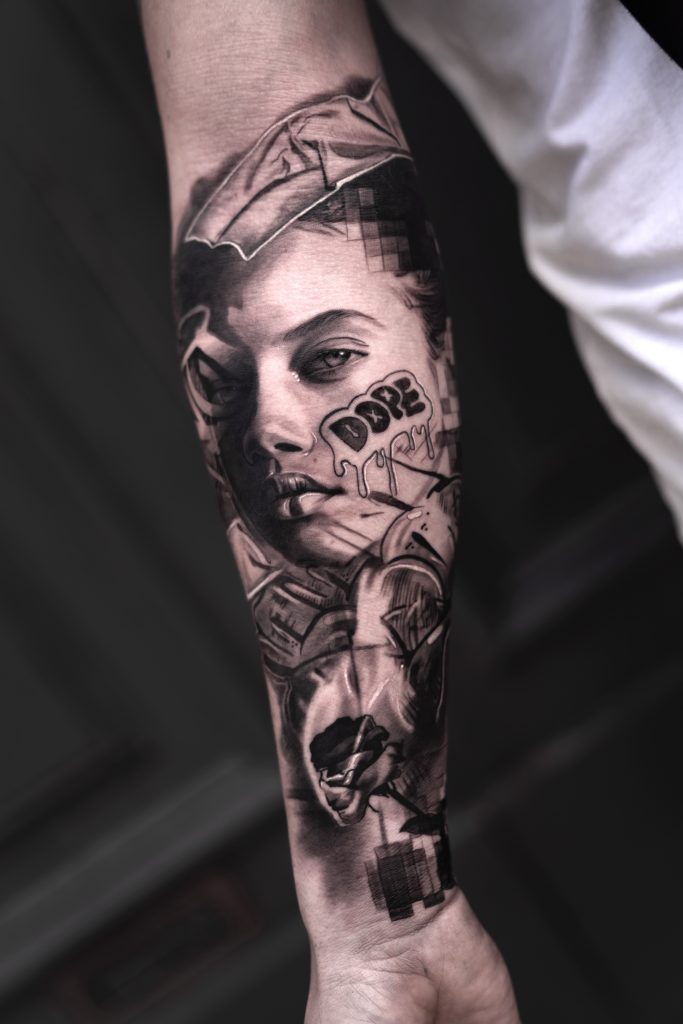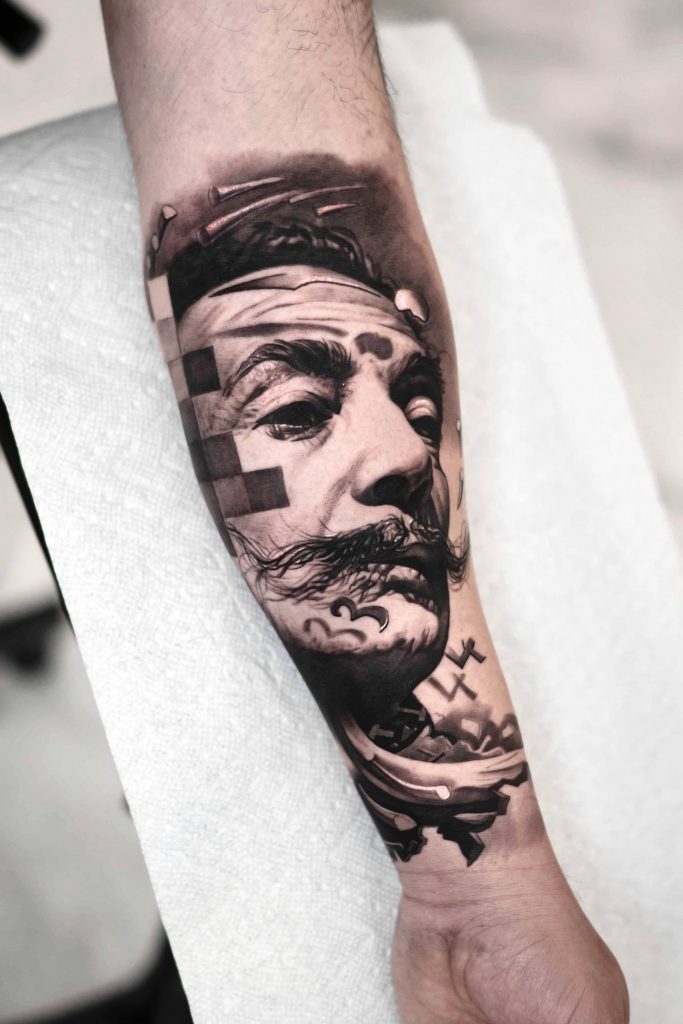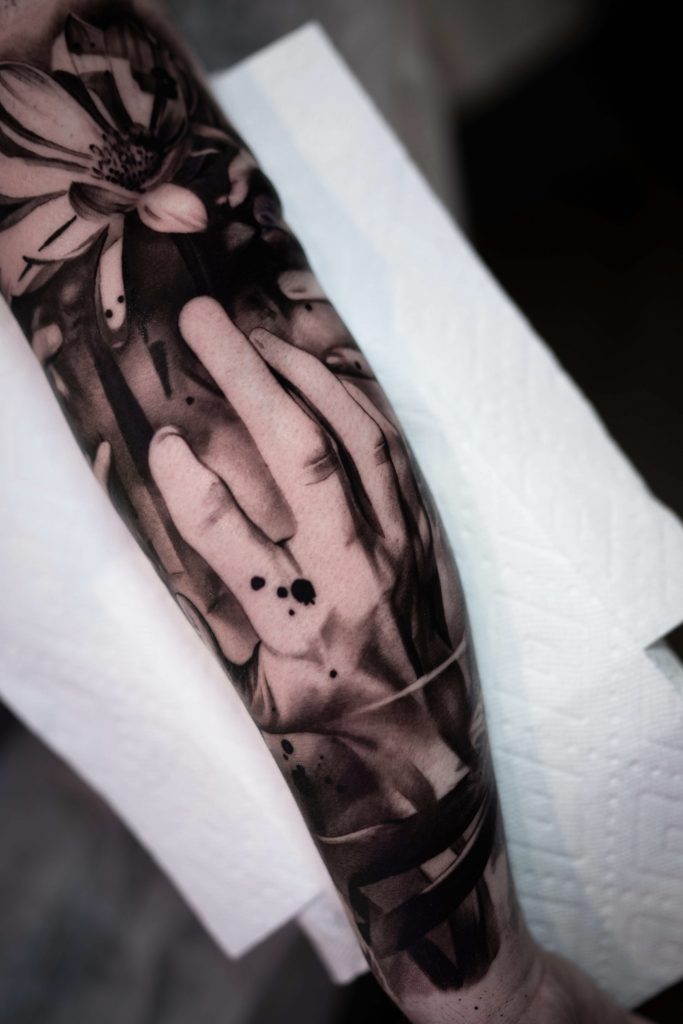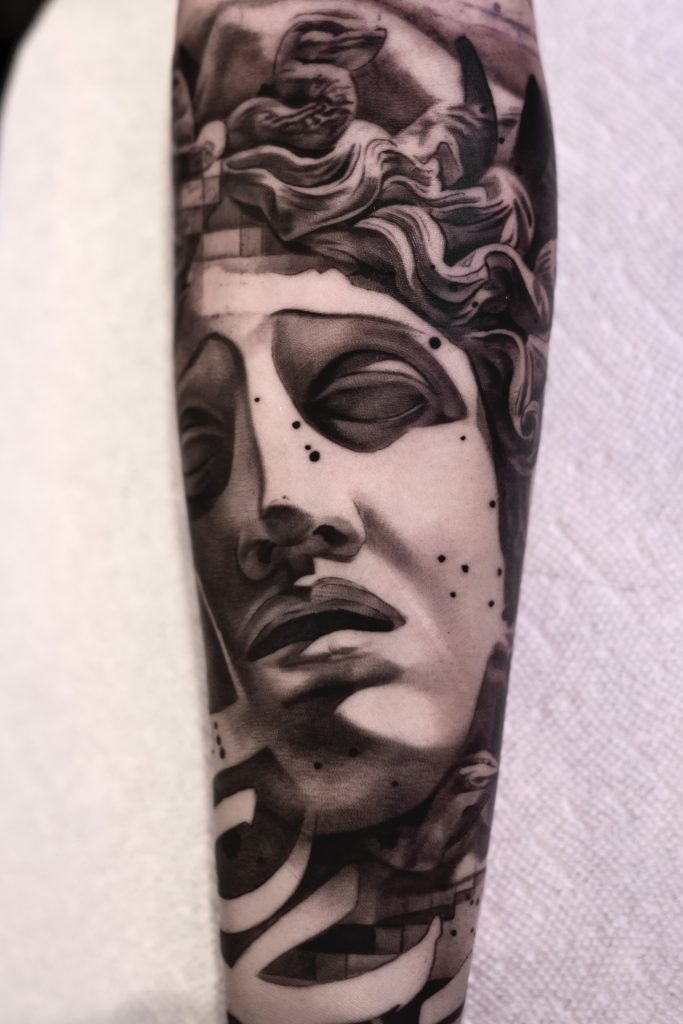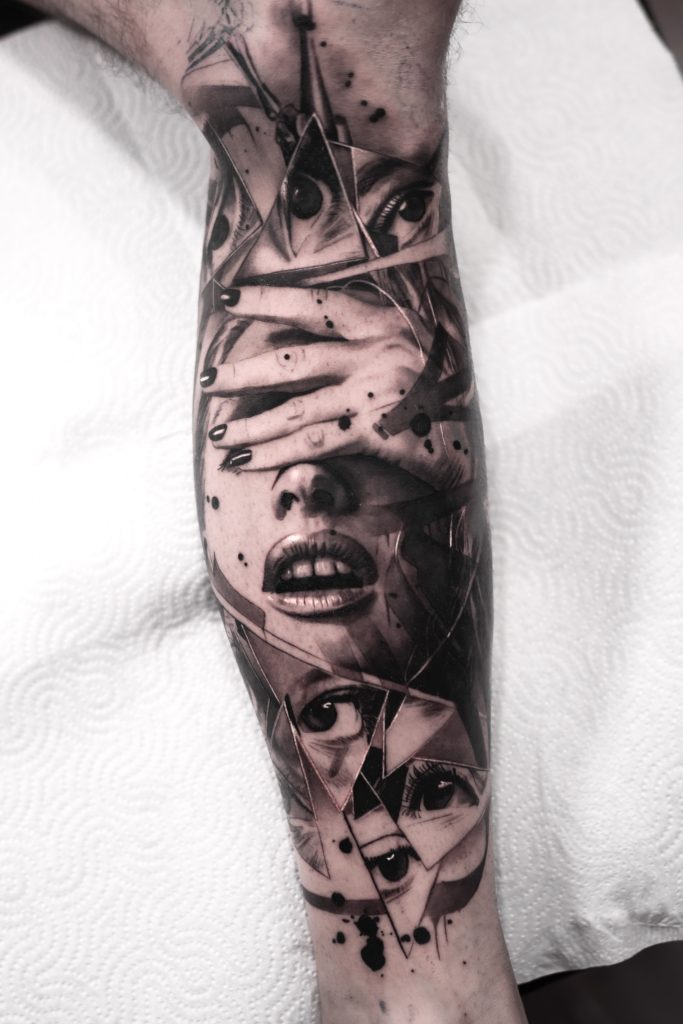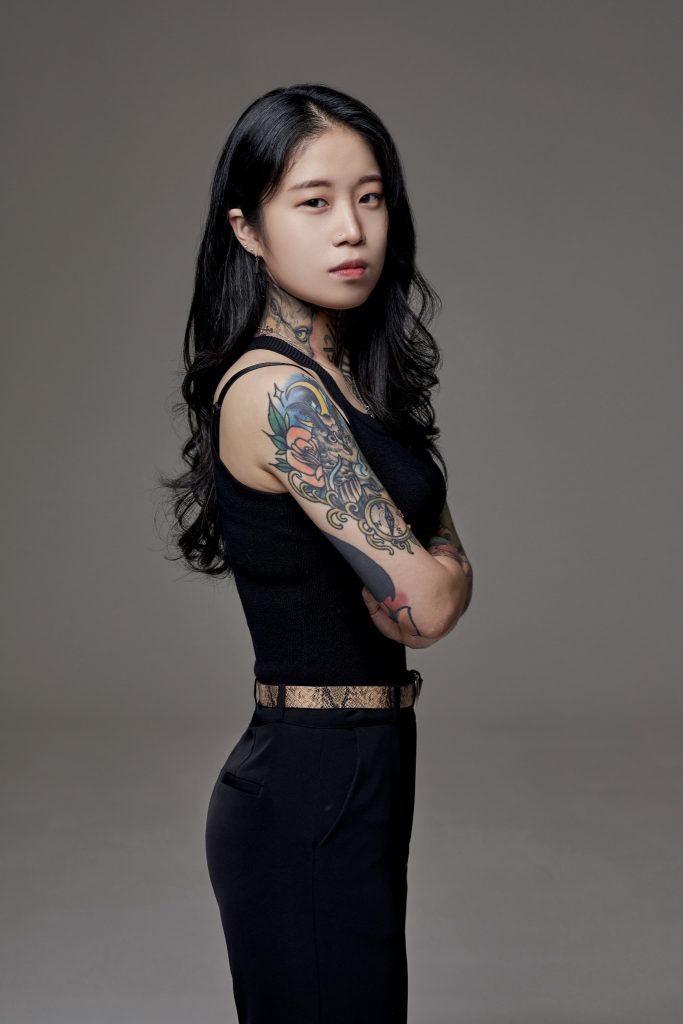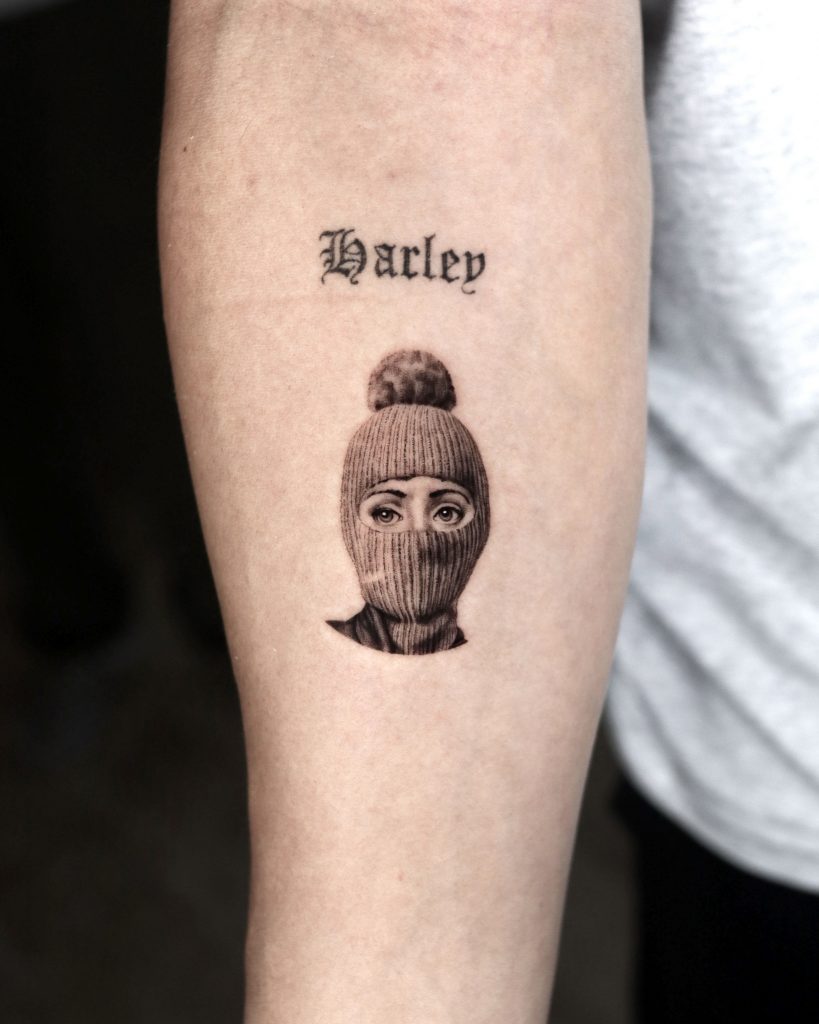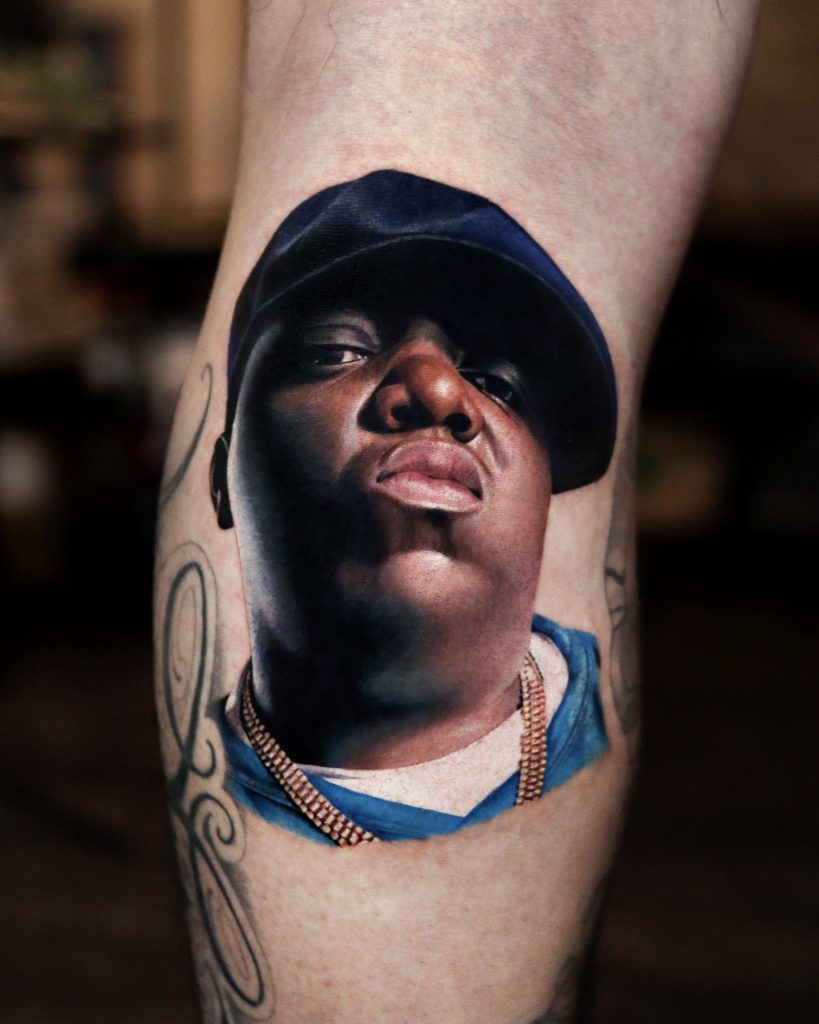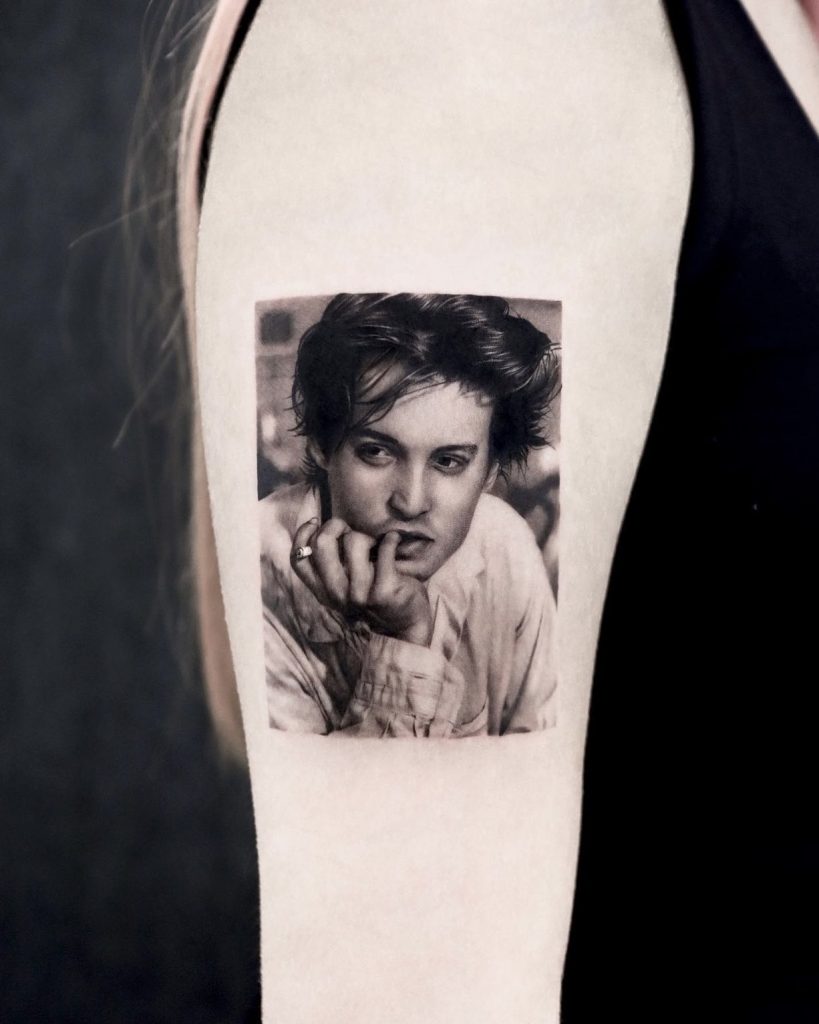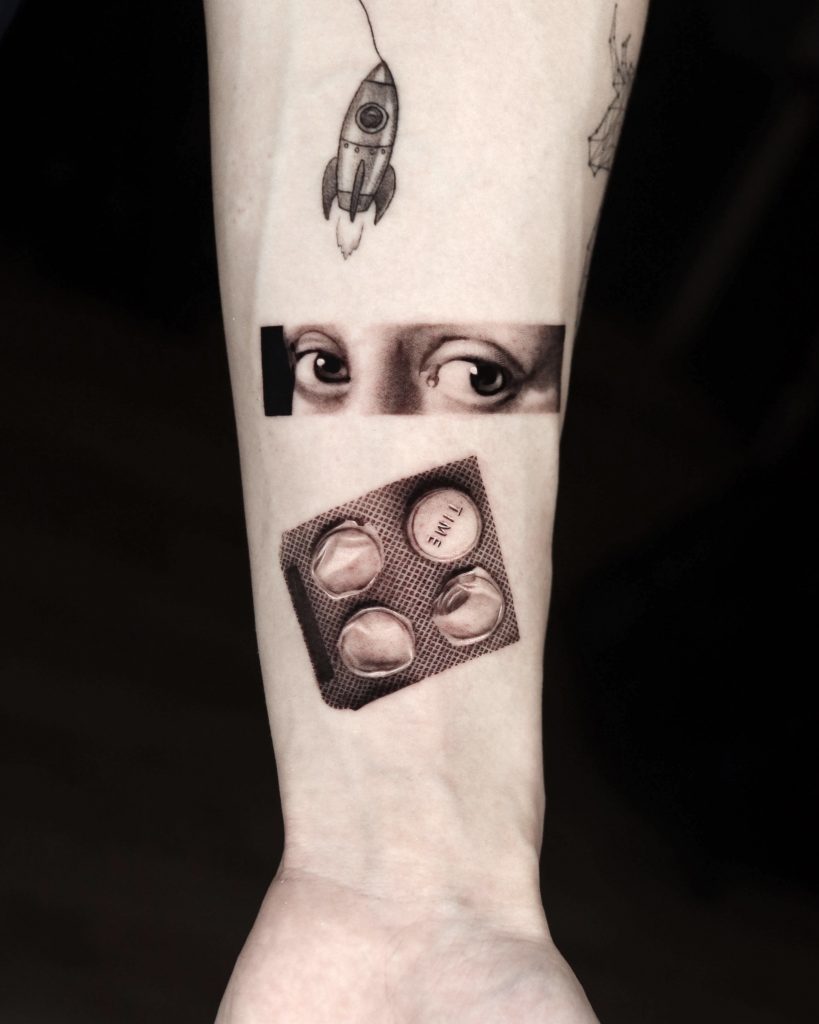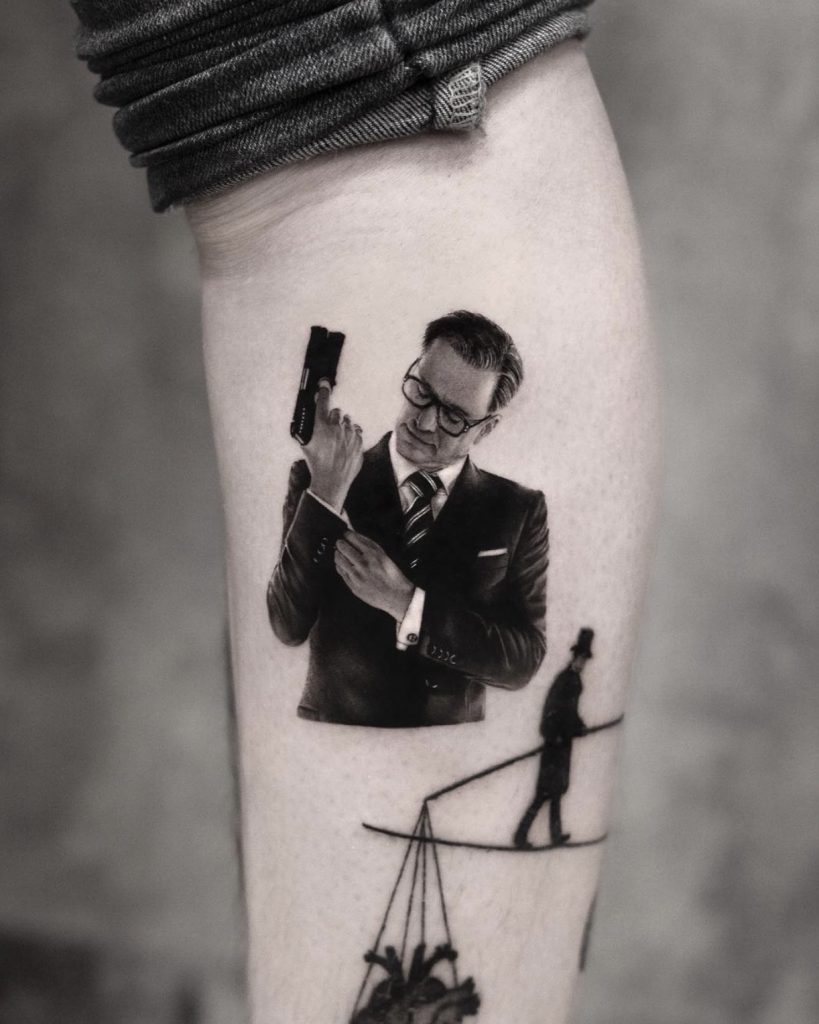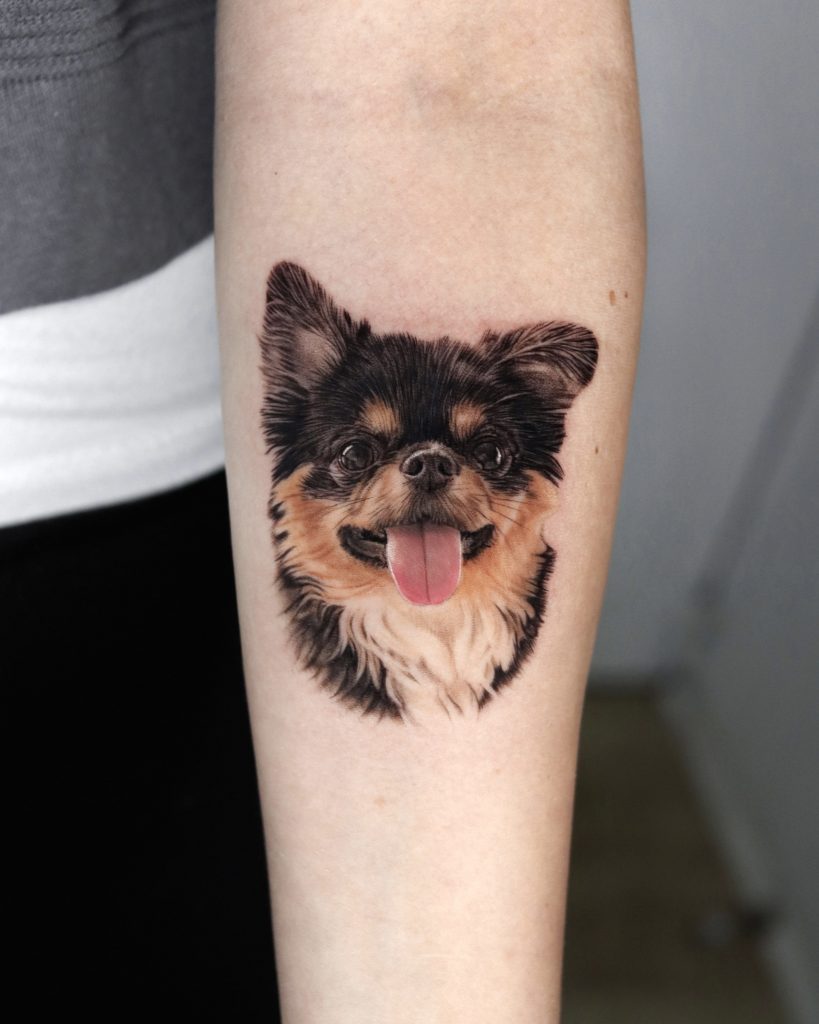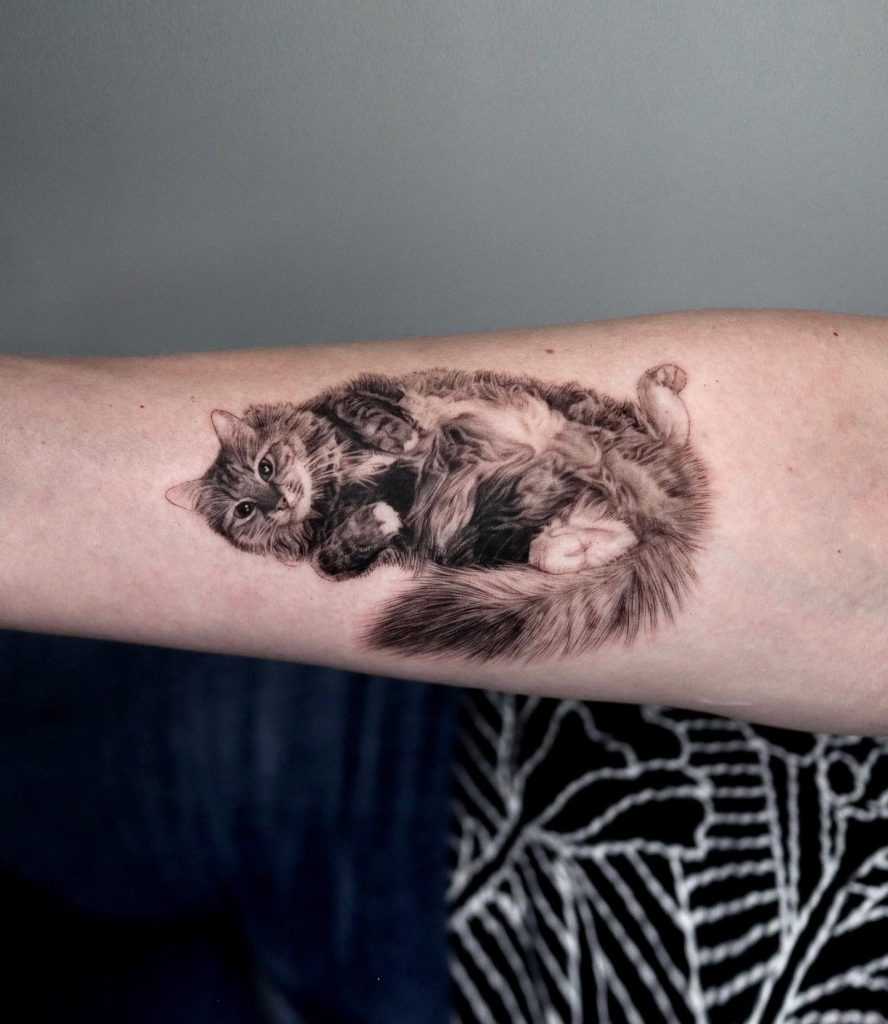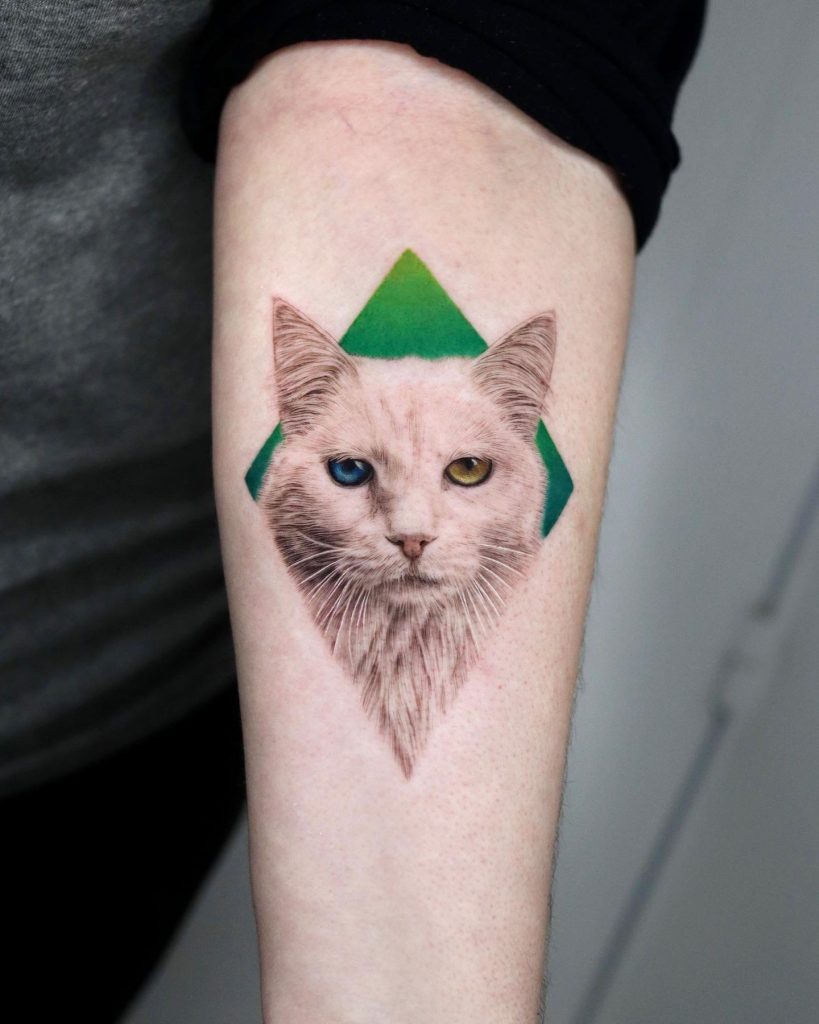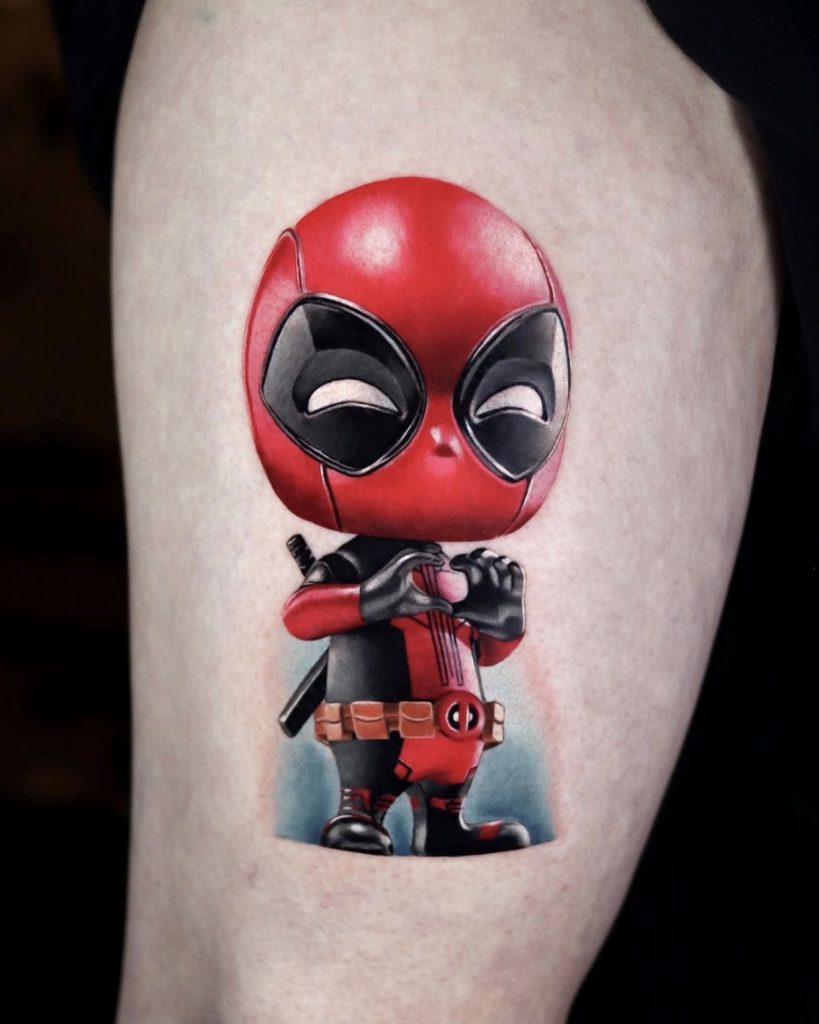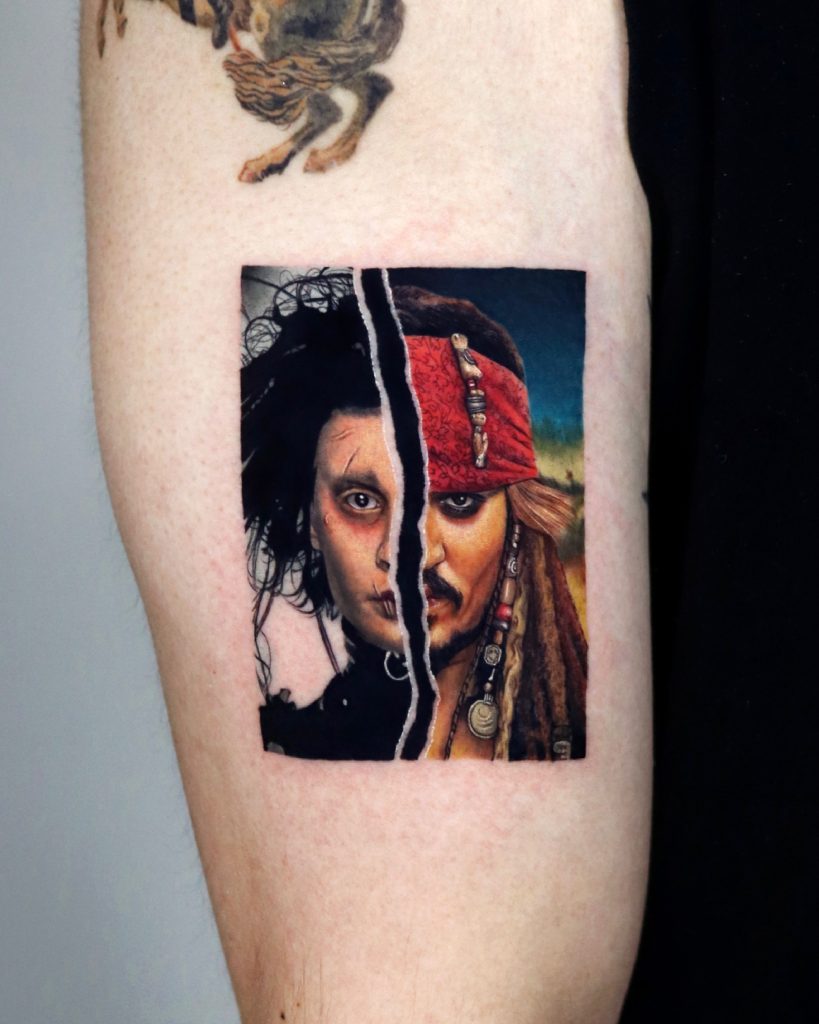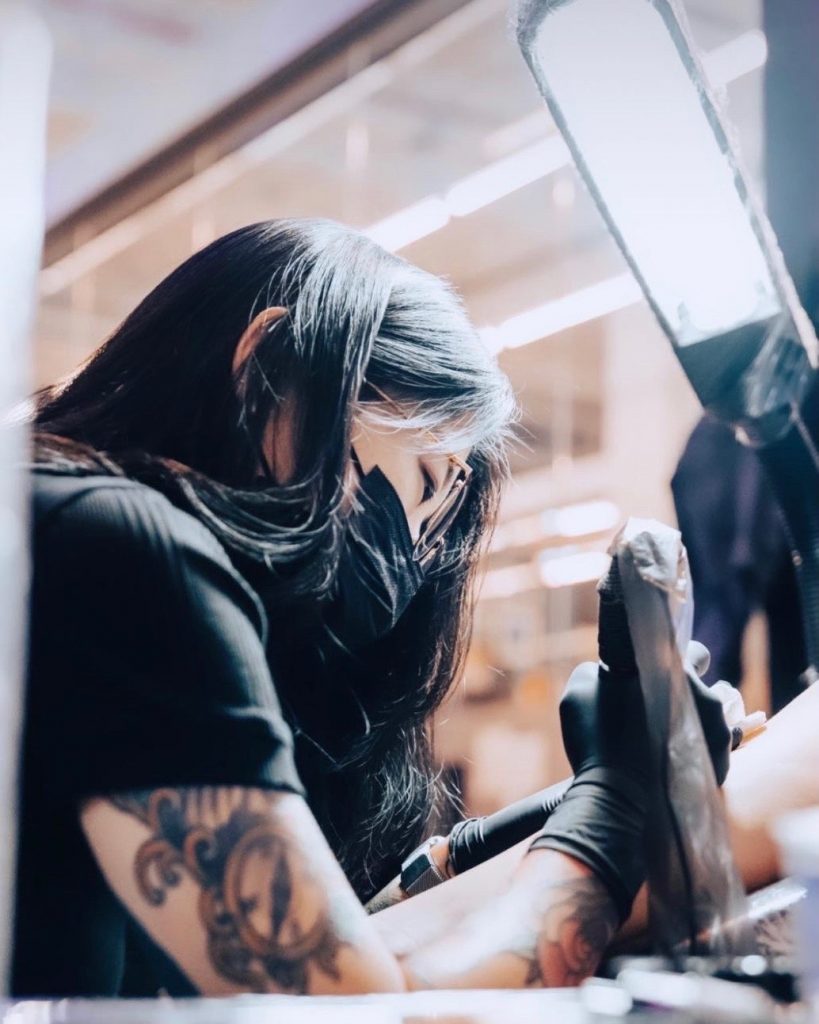We last chatted to Owen Paulls (@owenpaulls) in 2017 (read his first interview) when he was tattooing on the road. We caught up with the black and grey tattoo artist, who now works out of his private studio (Owen Paulls Tattoo) in Brighton, to find out what he’s been up to for the last six years...
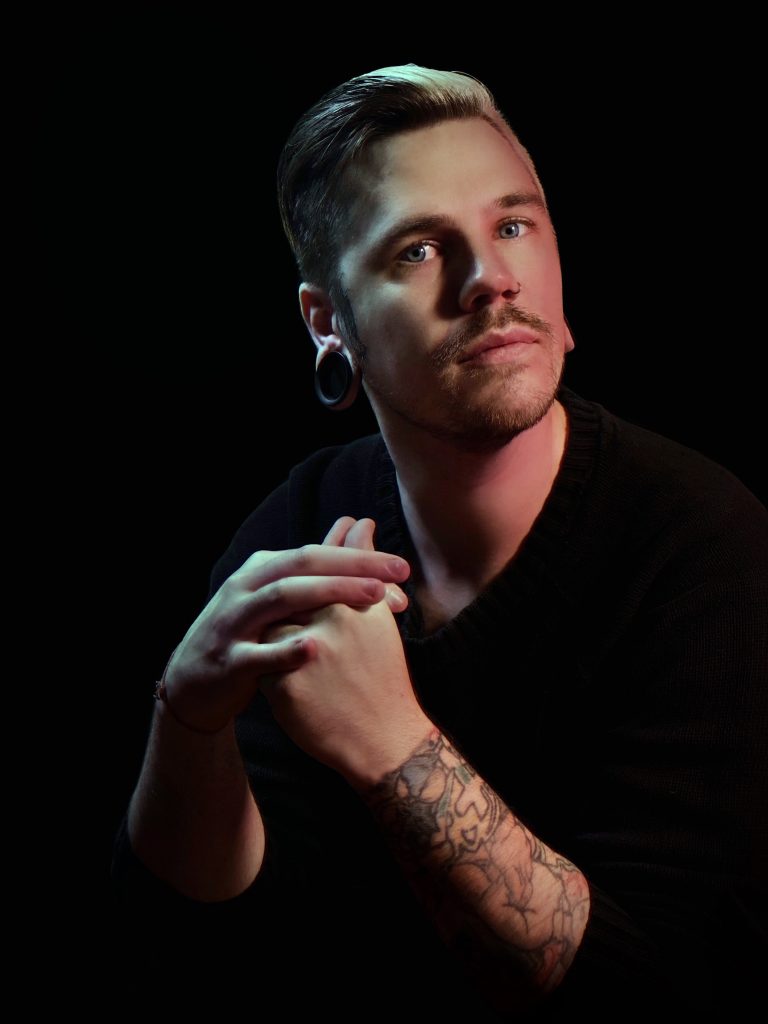
How have you been since we chatted in 2017?
Great thank you! Hope you have all been good too. I’ve been traveling all over and seen some cool things…and ink!
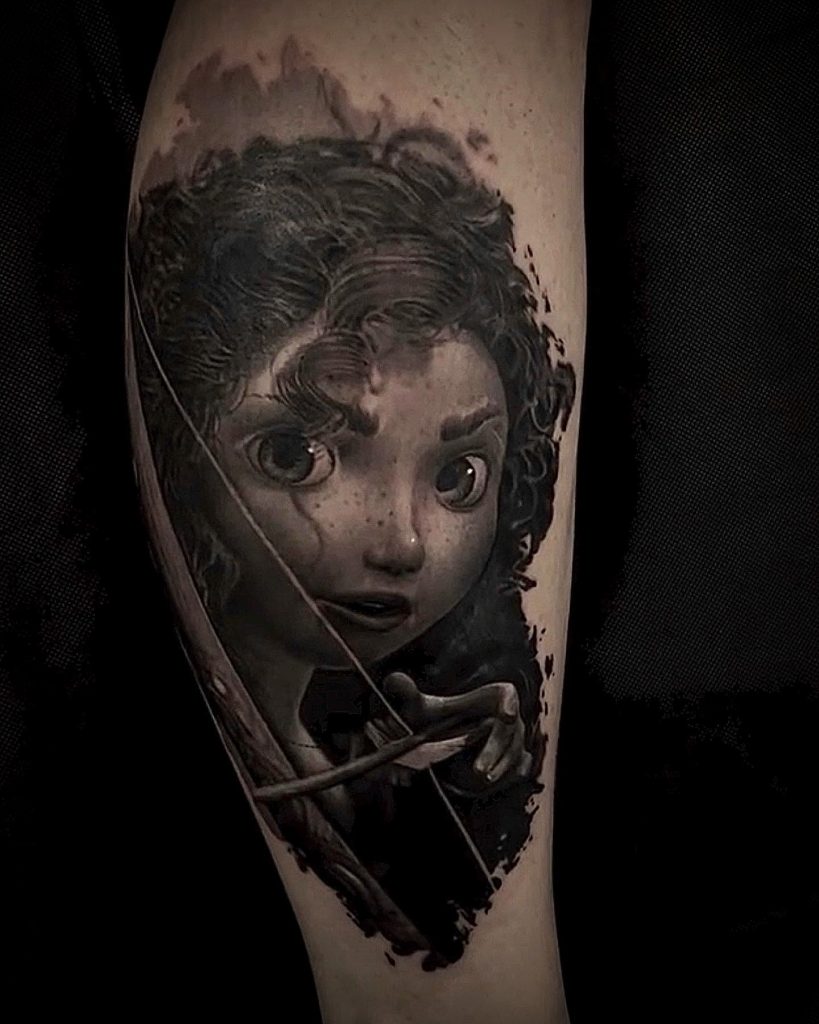
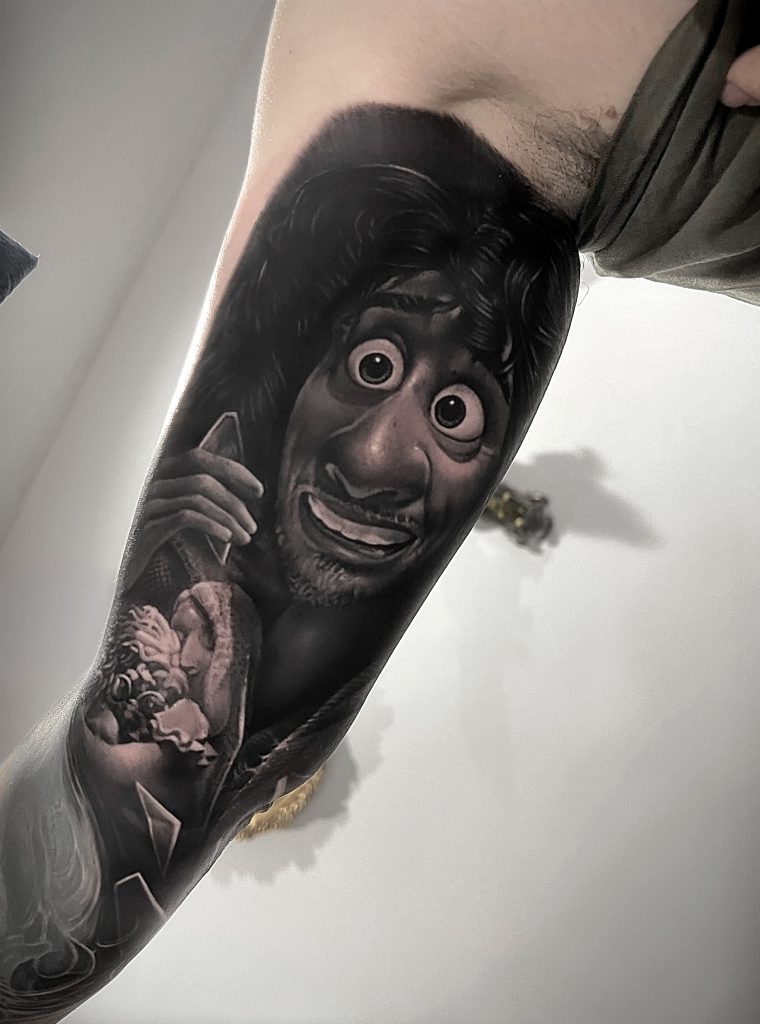
You’ve been tattooing for almost 10 years, how does it feel to look back on where you started?
I don’t really know to be honest! I’m certainly more involved with the industry than I imagined was possible when I started, and there’s so much to learn along the way. The perimeters are always shifting and evolving in the tattoo world, so I guess I feel humbled to think of surviving it for 10 years!
Where do you hope to be in another 10 years?
I hope to be in the same creative mind space and to be focused on how I can keep improving. I really hope I never lose the drive to improve my artwork, in tattooing or painting!
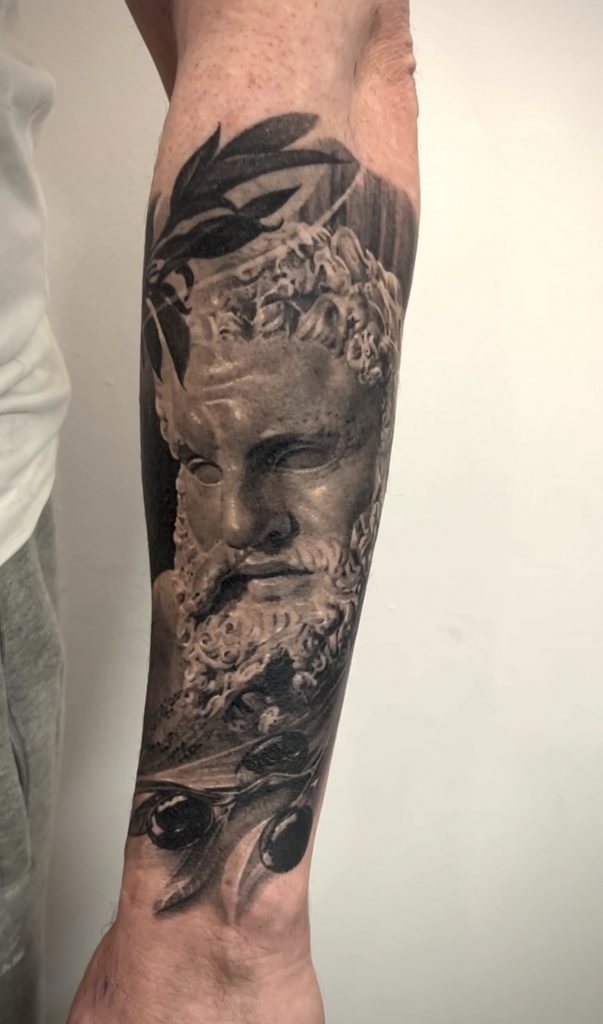
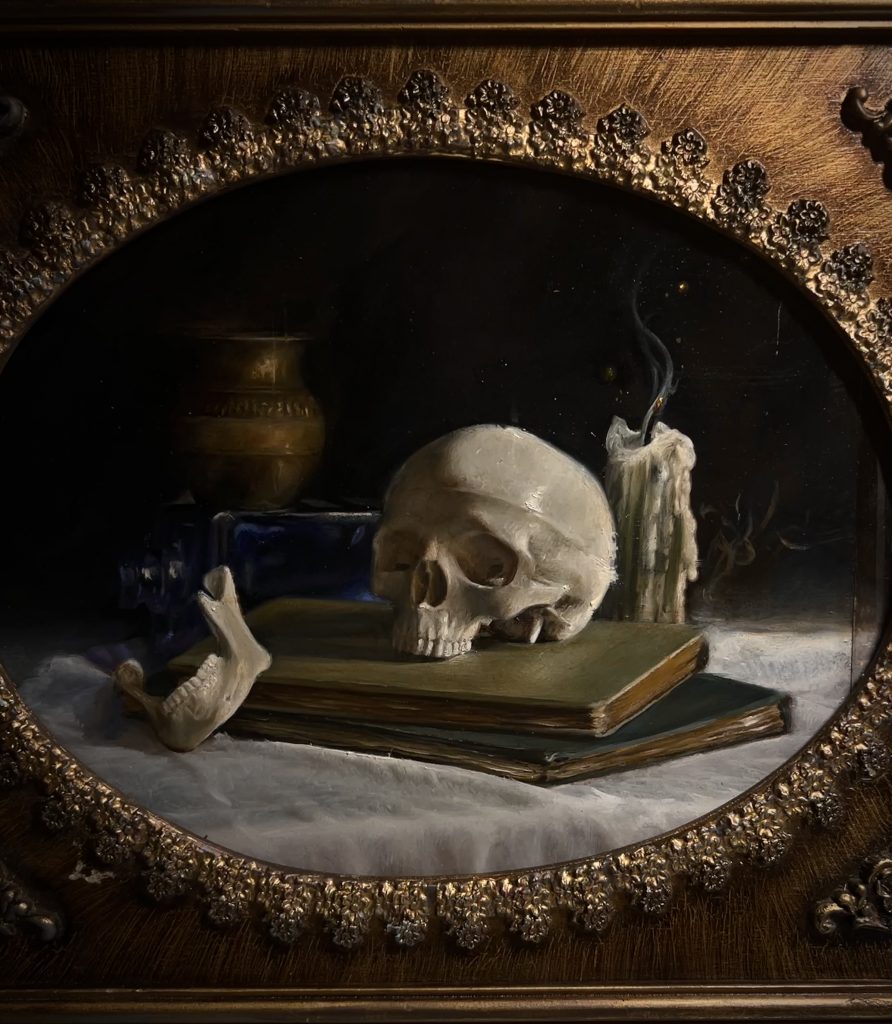
What tattoo projects have you been working on?
There’s been more larger scale work in my diary as of late. I think the last time we spoke I was on the road, so I was mostly doing tattoos that had to be completed in one or two days max! Since then I’ve been able to play the role of a resident artist in a few studios and take on larger pieces over a wider time scale.
It’s been really challenging but a great push in learning how to construct legible sleeves, front and back pieces.
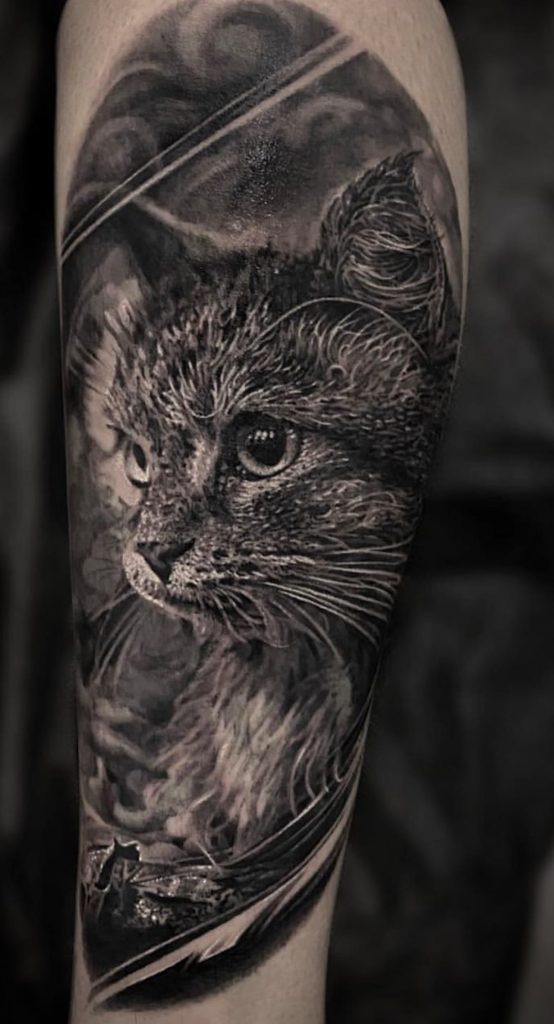
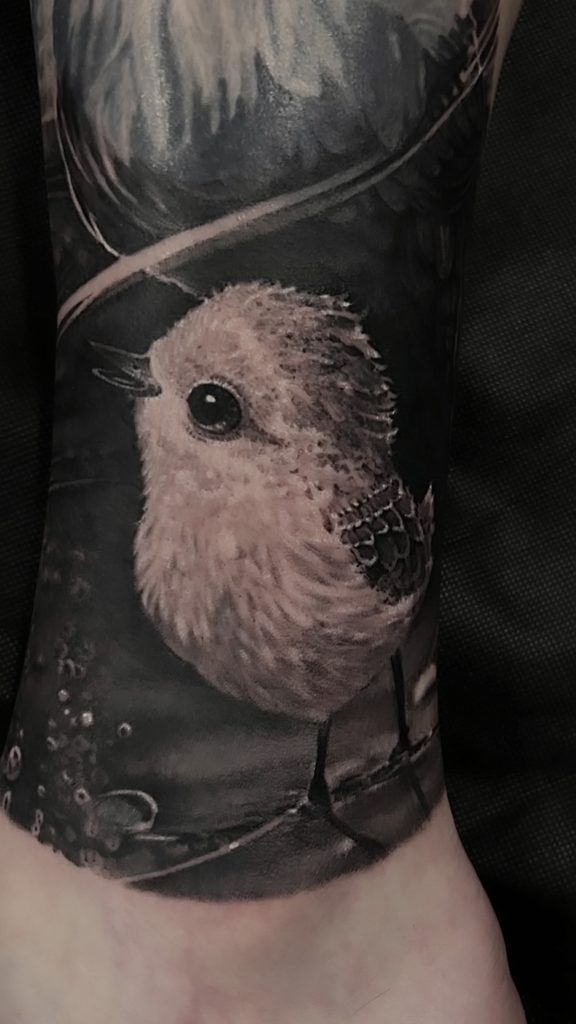
What’s really been getting you excited?
Well firstly, the progression of our industries artistic side over the past, I think three years or so? It’s amazing to watch such rapid evolution of an ancient thing. On a more personal note, I’m so excited and thankful for the trust in creating more surrealism and Disney mashup tattoos.
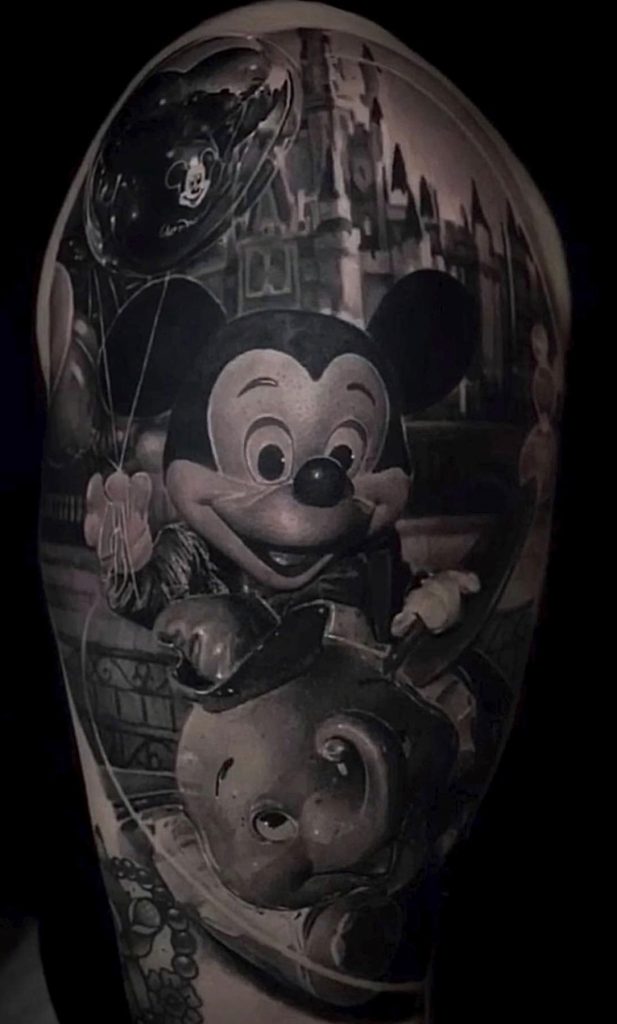
You mentioned in our last catch up that you were going into a more surrealism style, has this been the case?
I always wanted to do a little more realism that wasn’t so routed in real life or just a copy from a photo. I really enjoy being asked for portraits too, don’t get me wrong, but I love sci-fi or adding a little element of whimsy, flow and direction where I can. I’m still developing this style and trying to learn from other artists, who do this mix really well. At the moment I’m working on a few Disney projects which will see the characters collide with the real world in some way. So super excited for that!
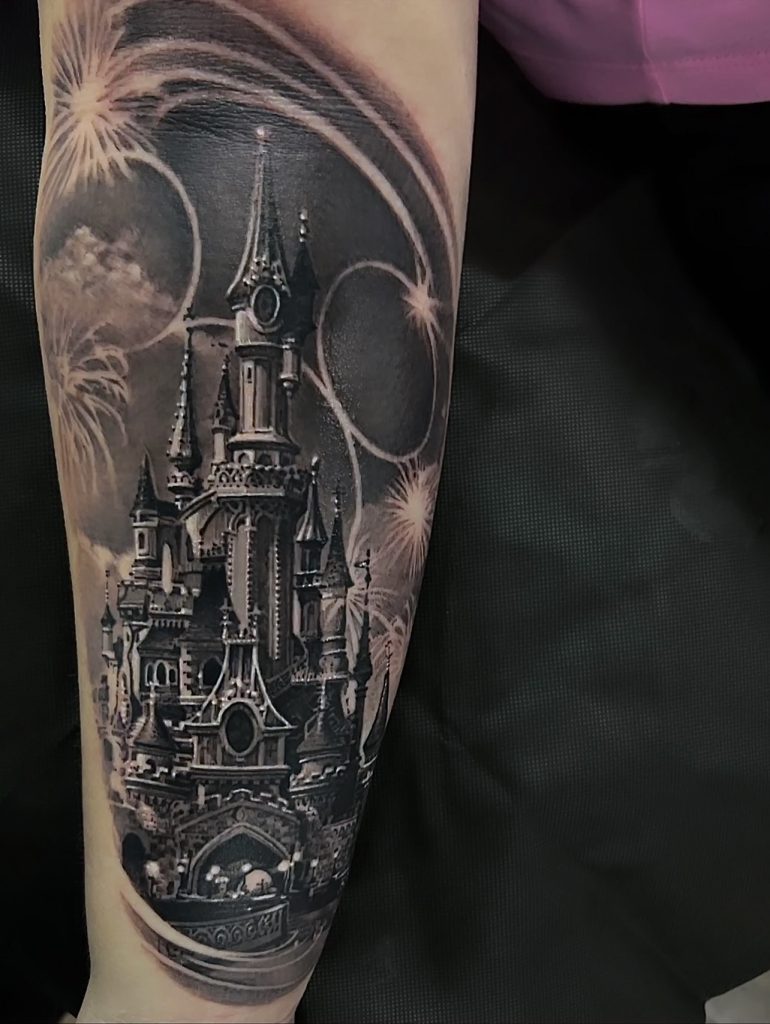
You also mentioned you would ‘probably make the move to colour work’, how has this gone? What changed?
Honestly nothing really changed, apart from the brief pause we all took in 2020! I’m still interested in adding some colour elements but I’d have to stay somewhere long term to really polish this aspect of my work. Right now with traveling and shows, black and grey is the better choice for me and allows me to showcase the desaturated Disney work that has helped me carve a bit more of a tattoo identity over the years.
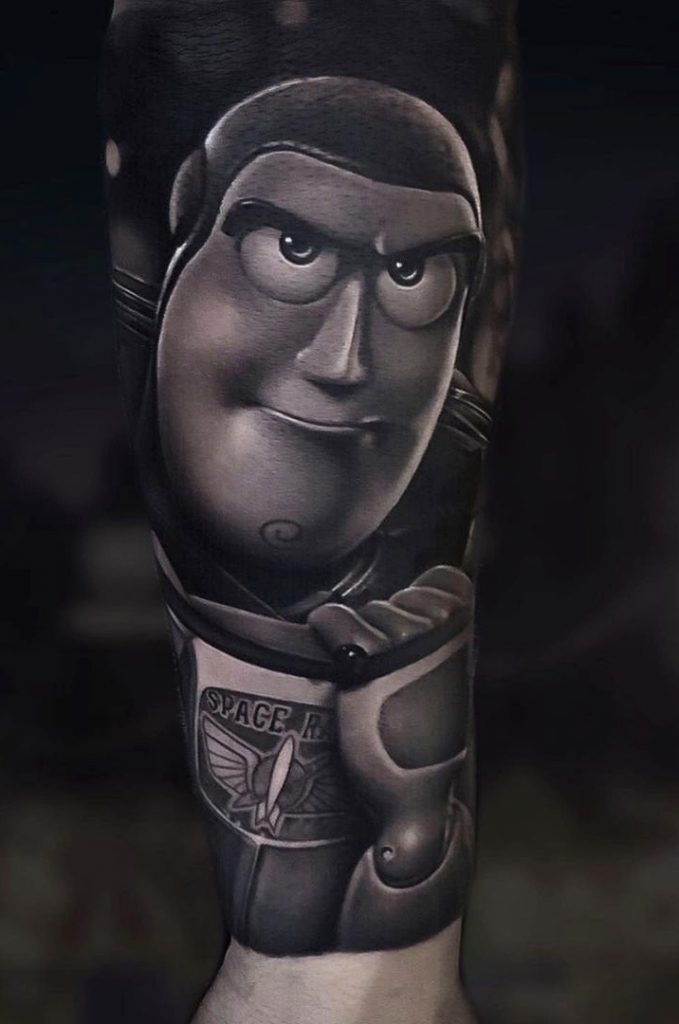
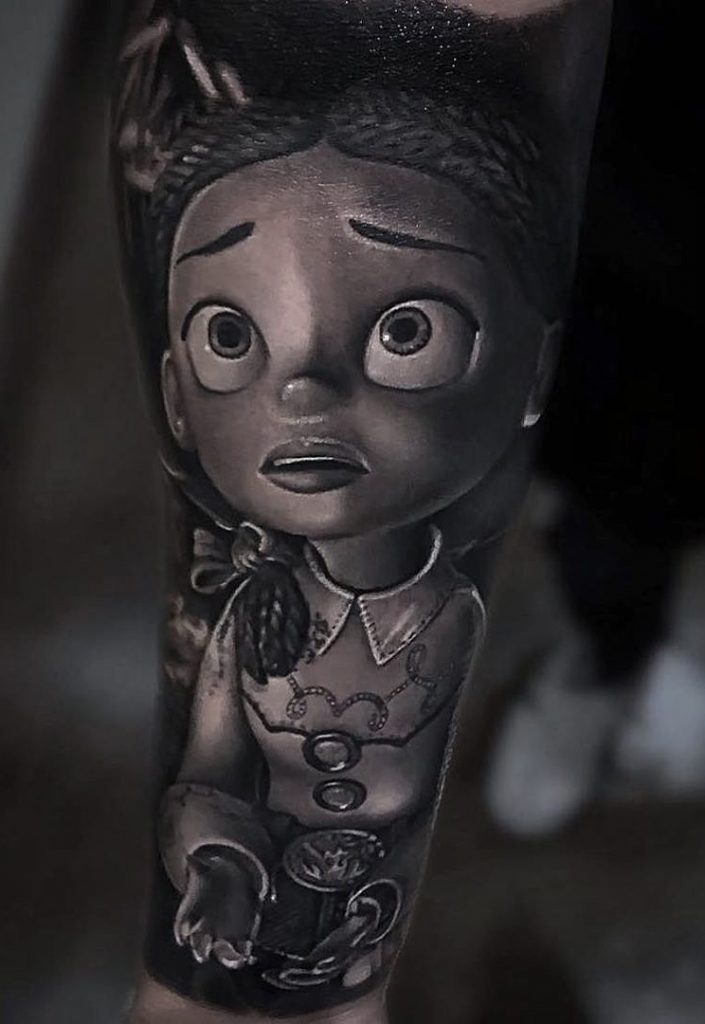
You were on the road, where’s been your favourite place to travel and tattoo?
It’s hard to pick just one place! I spent nearly two years traveling full time on the road and saw so many amazing places. I really love Italy and Florence especially. It’s so beautiful and relaxing there and in the same breath, I love Colorado for the mountains and nature. Probably because it’s a wilder, more rugged version of where I grew up! NYC and LA of course are beasts of their own, and I do love the busy hustle of city life. I’m tattooing in Germany later this year so maybe that will be added to the favourites list too! Who knows!
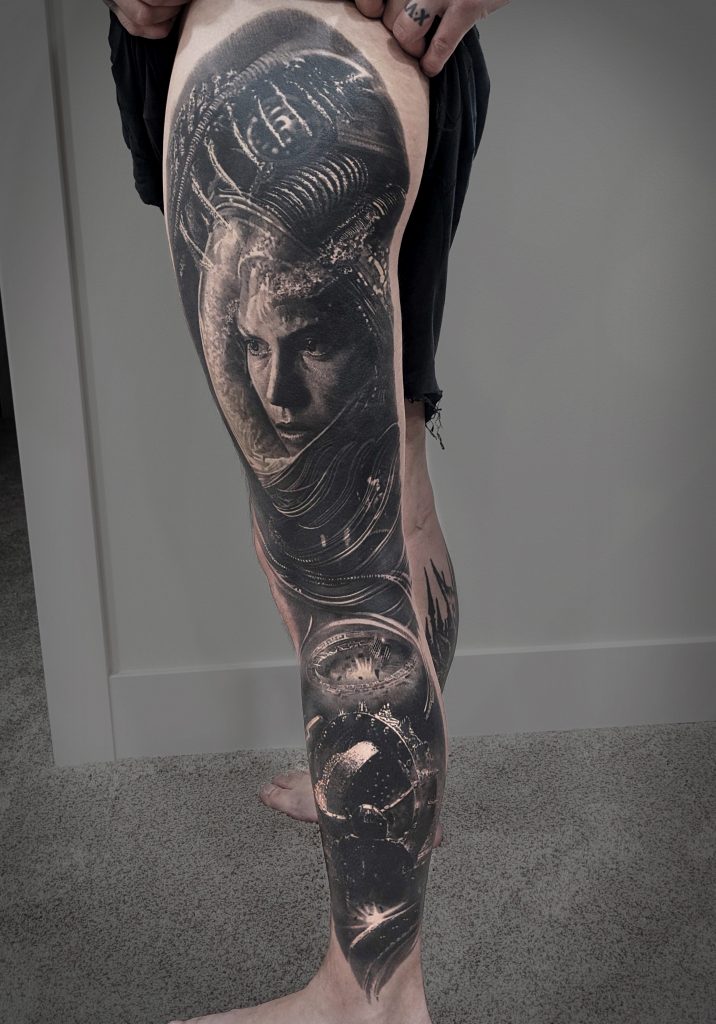
Any experiences or stories that stand out?
I remember being in literally the coldest weather I have ever experienced in Ottawa, Canada a few years ago. I thought I liked snow until then! There was a storm and snow stacked against the buildings around four feet. Every pavement and road was pure ice! I was there working a tattoo show and spent nearly the whole thing inside a set of three interlocking buildings with sky bridges, to escape the cold! You’d have to be tough to live there I think!
Oh and almost getting hit by lightning in Florida! I was walking to the shop in the rain when it struck the traffic lights two metres in front of me, taking out the whole block. The loudest sound I’ve ever heard in my life, I’m very lucky to not have been crispified!
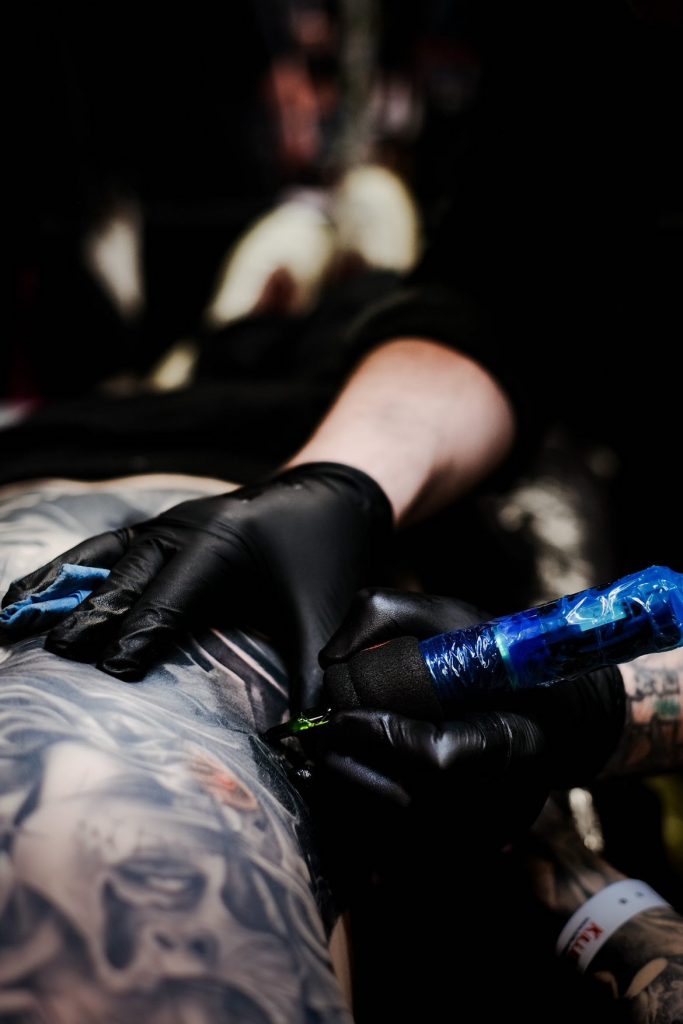
How’s the tattoo scene changed since we spoke in 2017?
Change wise, aside from the rapid artistic boost that 2020 seemed to inspire, I’m thankful to see the industry start to become more inclusive. I know there’s still a way to go just like every industry, but we have started the journey and it’s nice to see artists becoming more comfortable to express themselves in their art and/or tattooing.
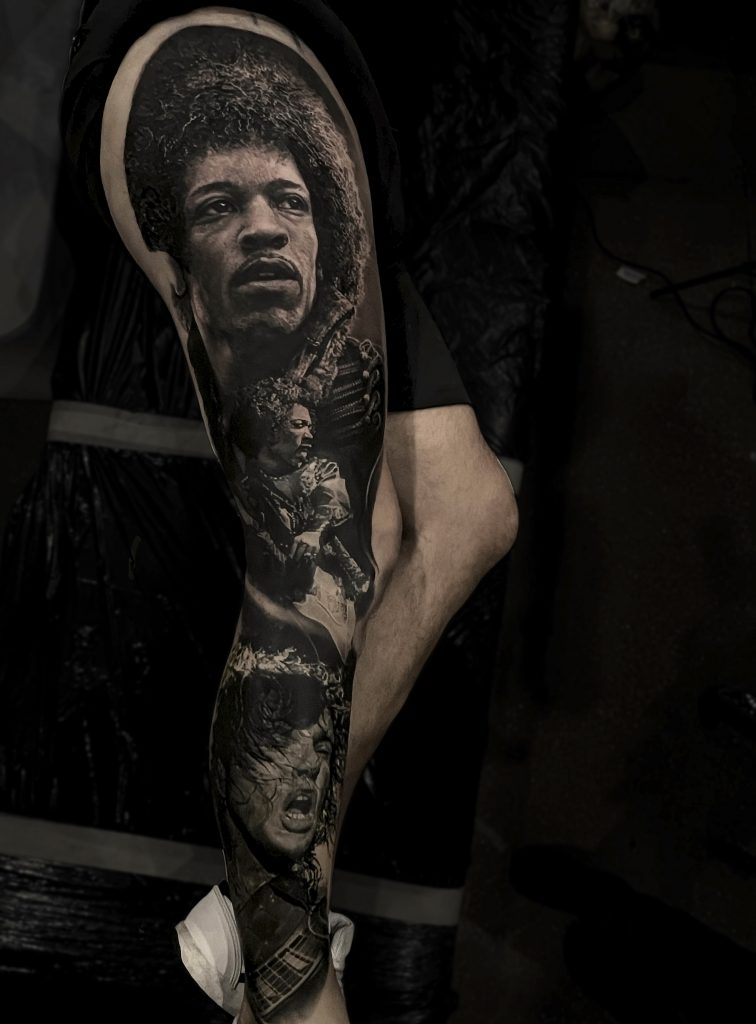
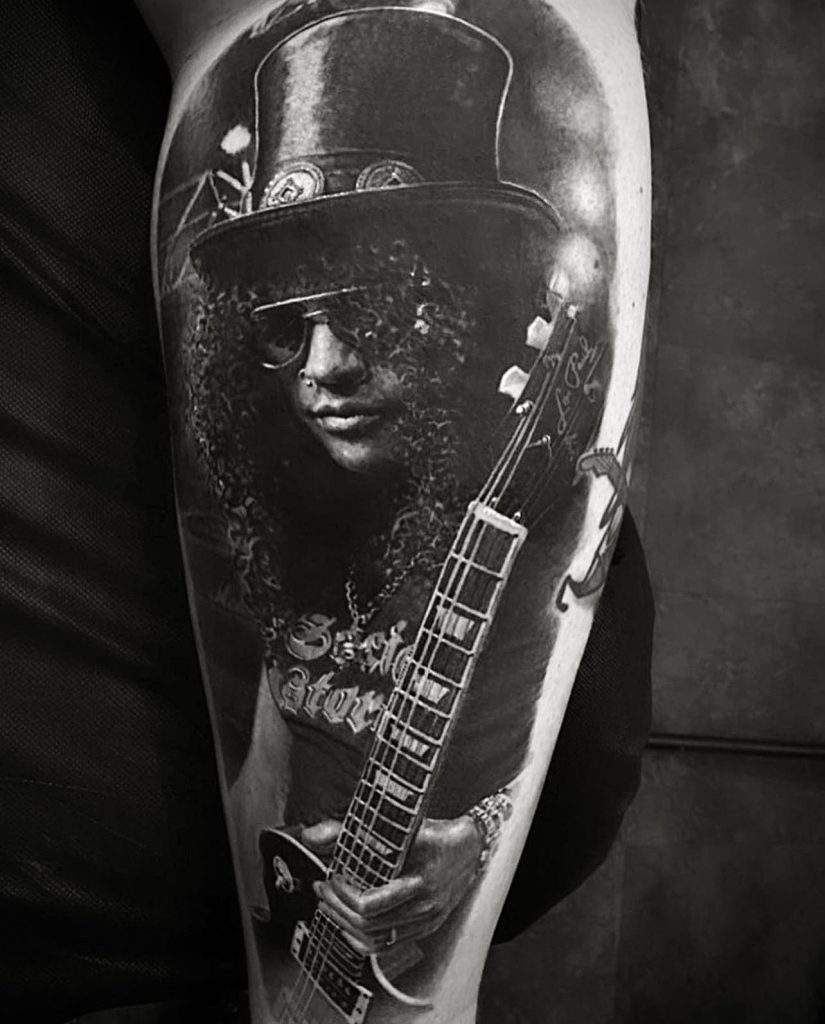
What’s been your proudest moment in the last six years?
One of my proudest moments has been recently, when I was asked to attend a few tattoo shows, based on my paintings alone. I’ve been working hard on my paintings for a few years on my days off and it’s very validating to be recognised for this. I’ve also had the chance to be part of some really progressive and highly talented teams, like the Empire Inks crew and the FYT artist line up. Not trying to push anything when I say they have the best approach to artist sponsorships and give back at every opportunity. I’m very grateful to be involved with them!
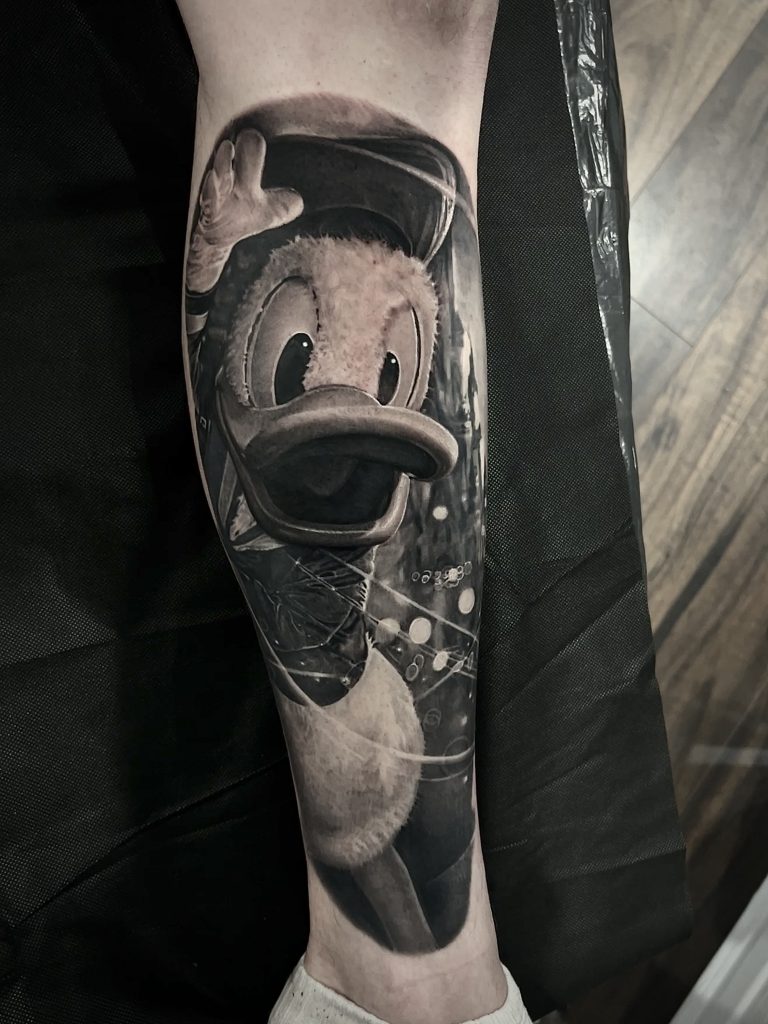
How did you find the lockdowns, were you able to be creative?
I was still in Hollywood during the lockdown, so we really only had one long one over there. It was tough to be taken away from my career plans, mid stride but I understand this was the same for so many creatives and I do appreciate the safety aspect involved there.
I set myself up with a painting and designing schedule, working 10-7, like a regular tattoo day, four or five days a week. I’d just finished a set of classes at LAFFA (LA institute of fine art) and was really keen to get to practice more. Obviously this was more paint time than I had anticipated but I believe it kept me sane and kept the wolf from the door bill wise! I’m aware I have been very lucky though and know this wasn’t the case for everyone around the world.
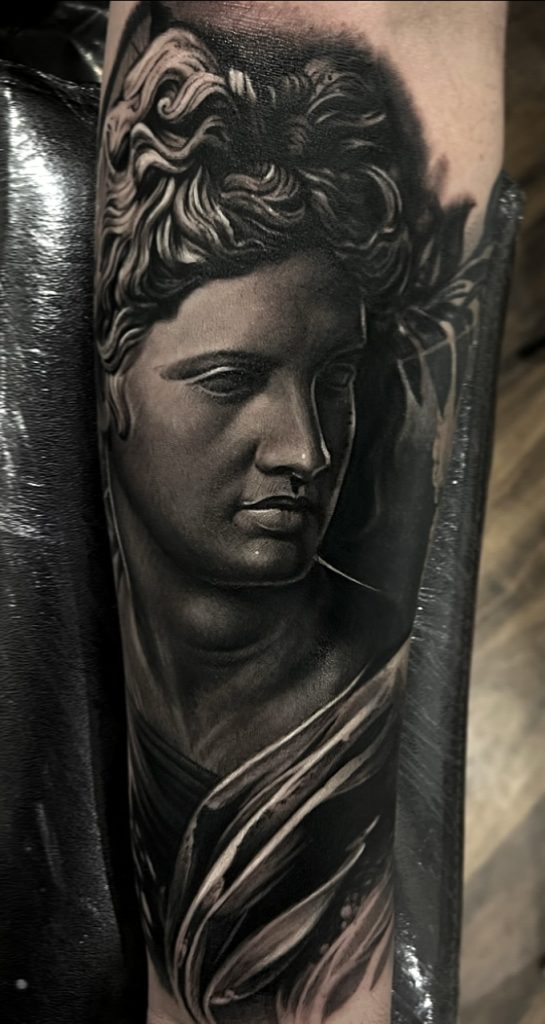
On a final note I want to say thank you to everyone who supports my art and tattooing. I’m always looking to expand my skill set and learn what I can to improve. I’m thankful to have done a catch up with you and hopefully we can do another in a few years!
You’re more than welcome! Make sure to read Owen Paull’s first interview with us and follow him on Instagram for more incredible tattoos.
We’re always talking to amazing tattoo artists, check out our latest interviews.
